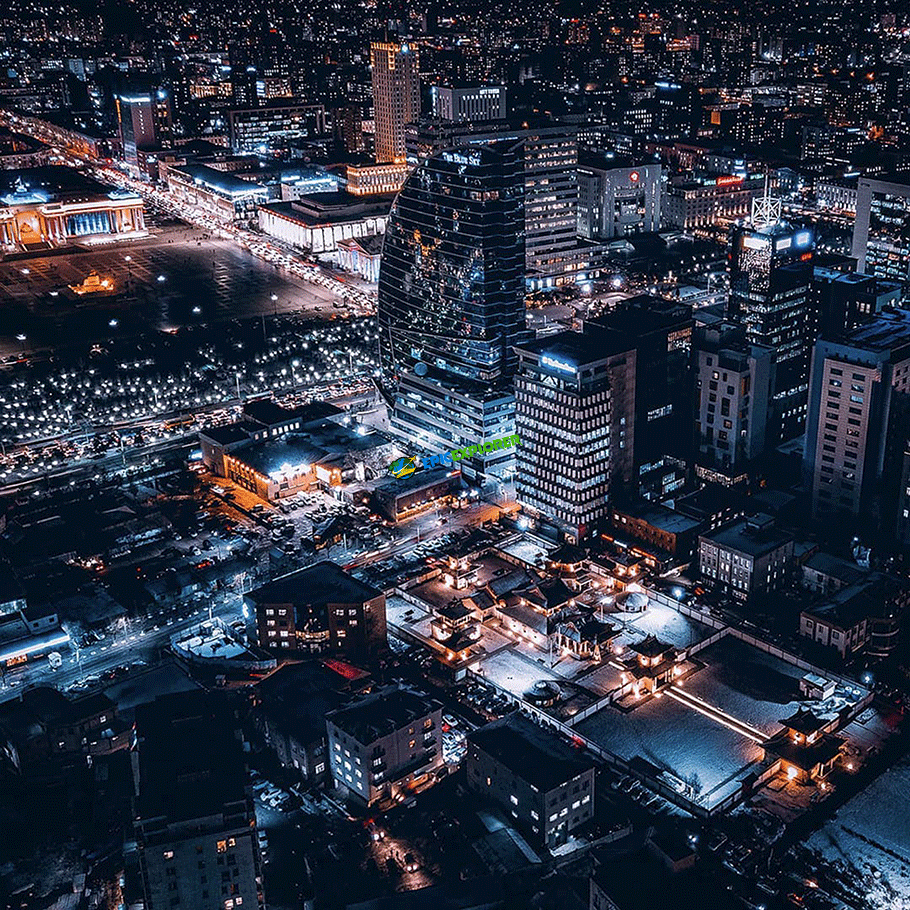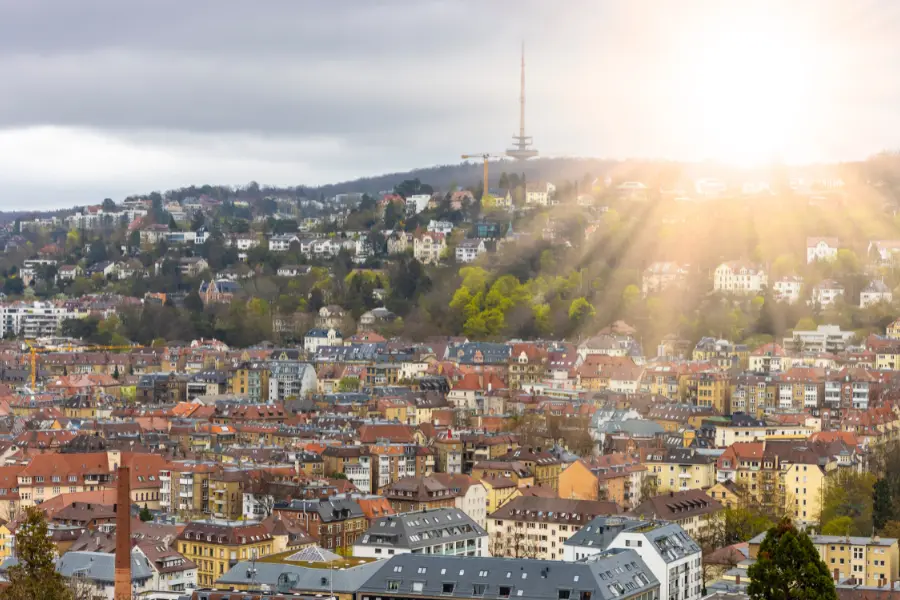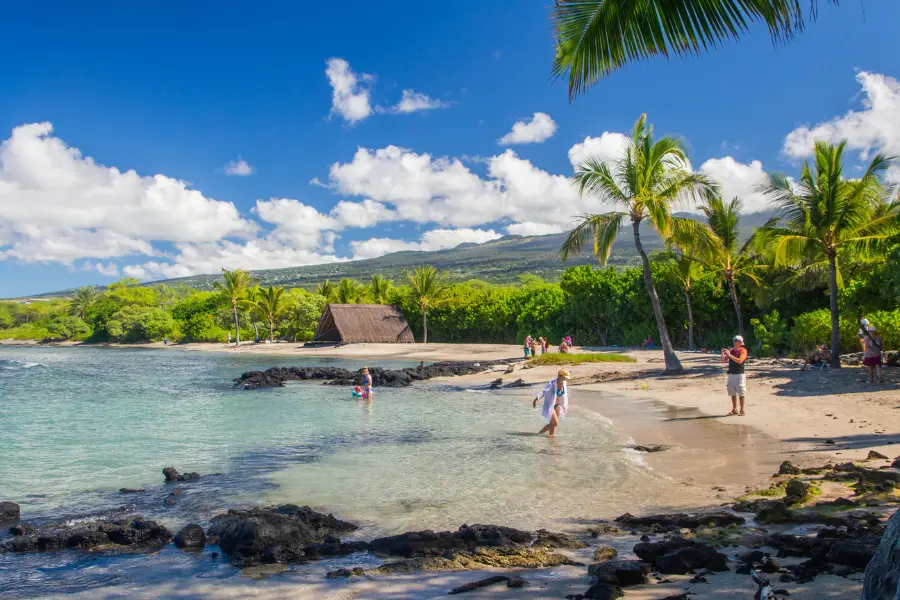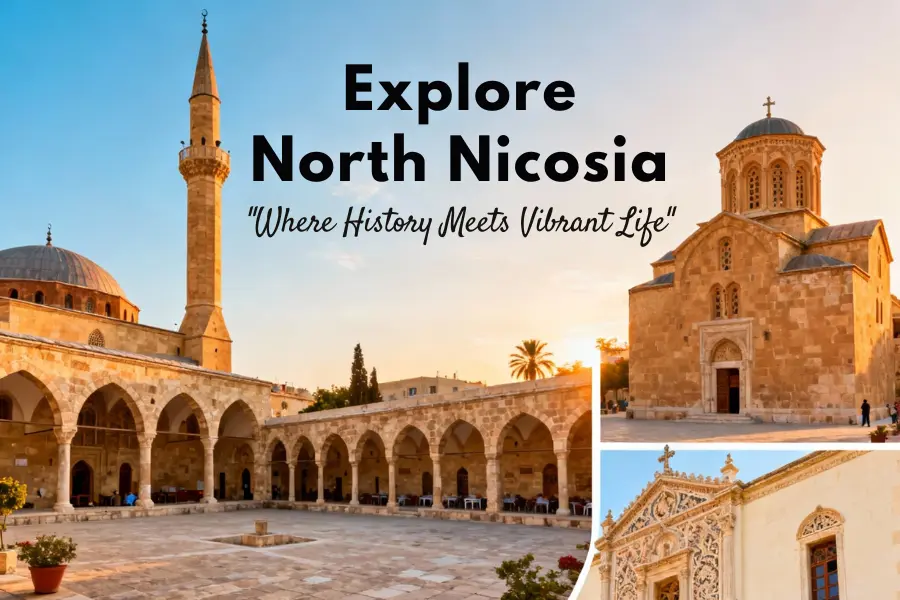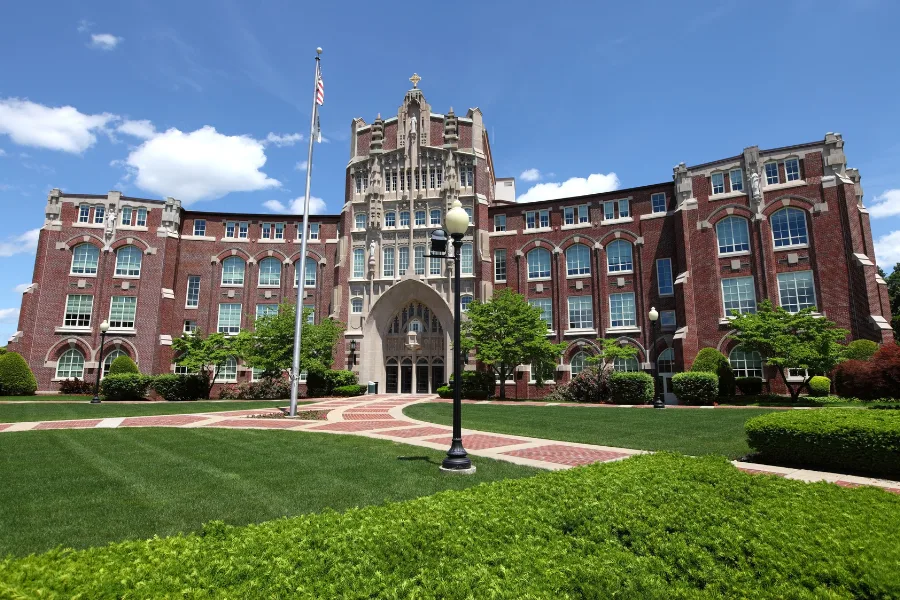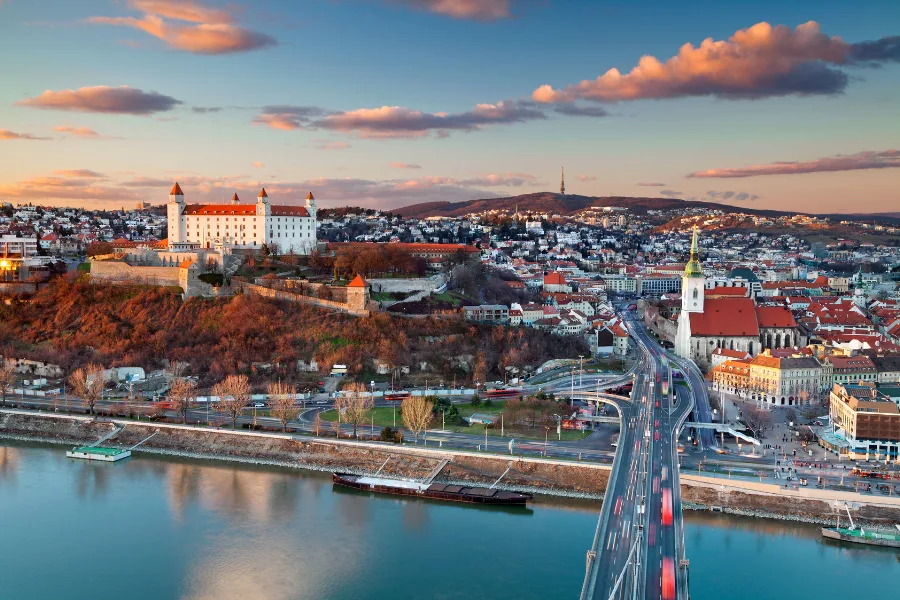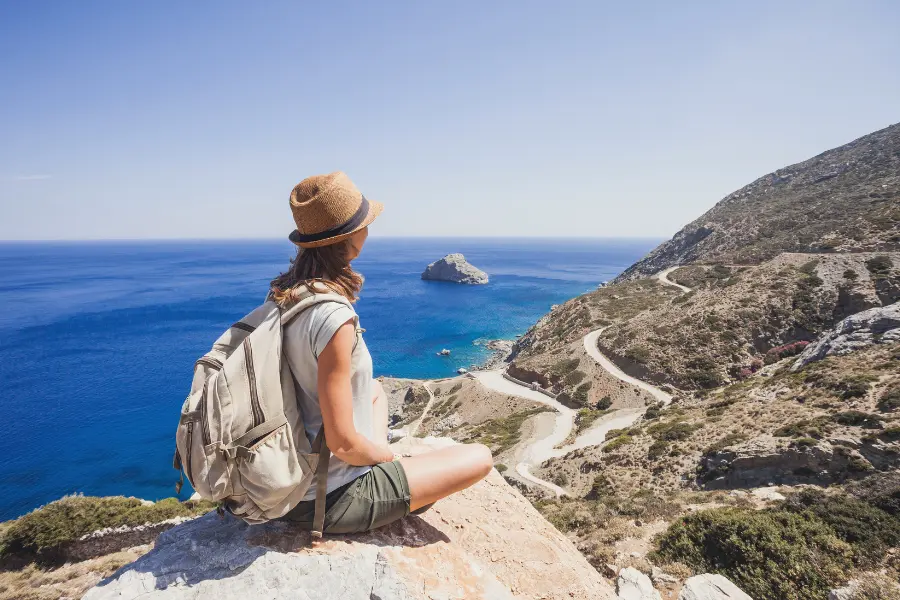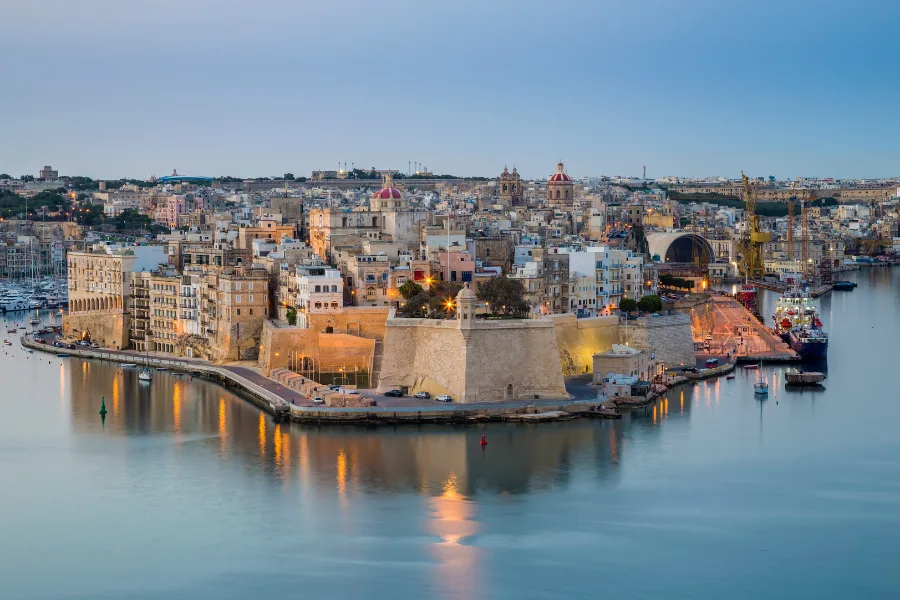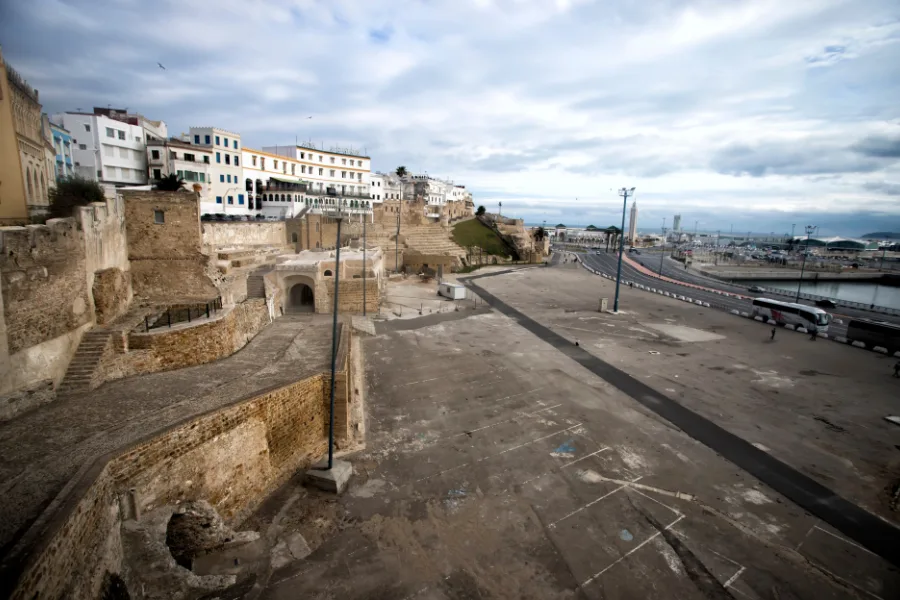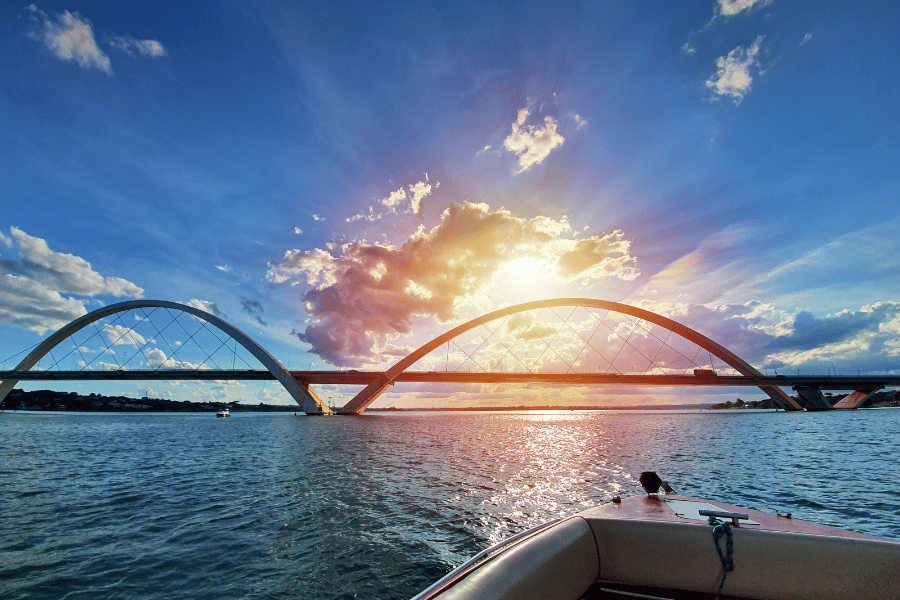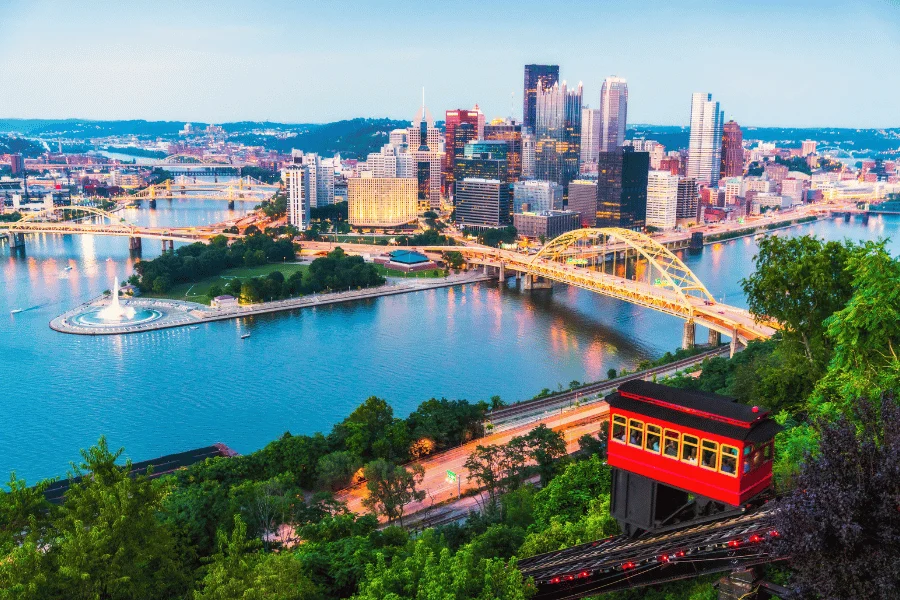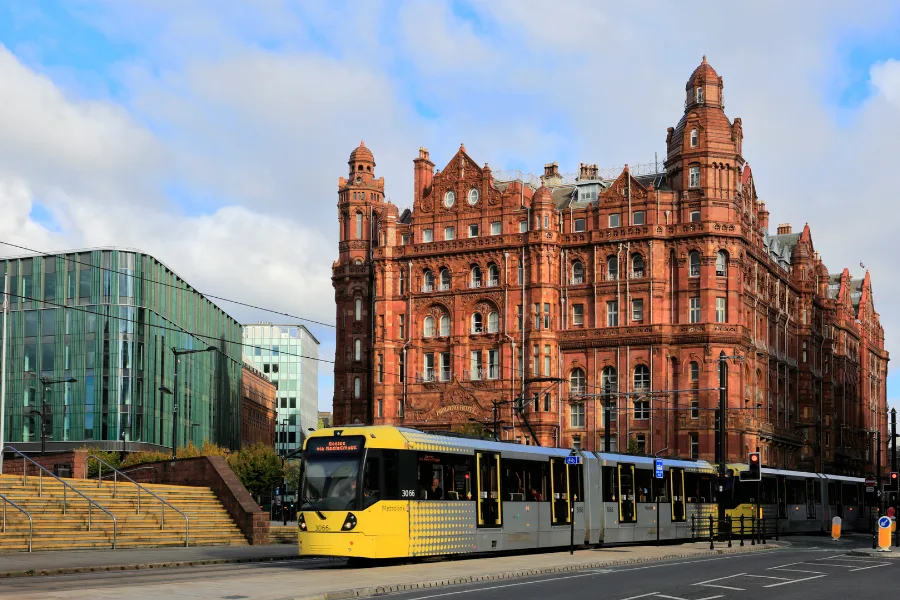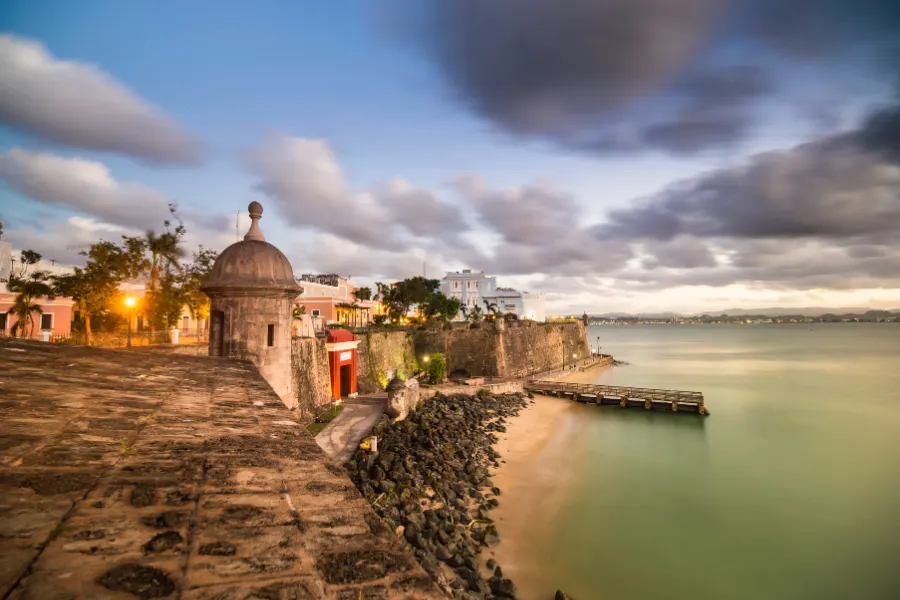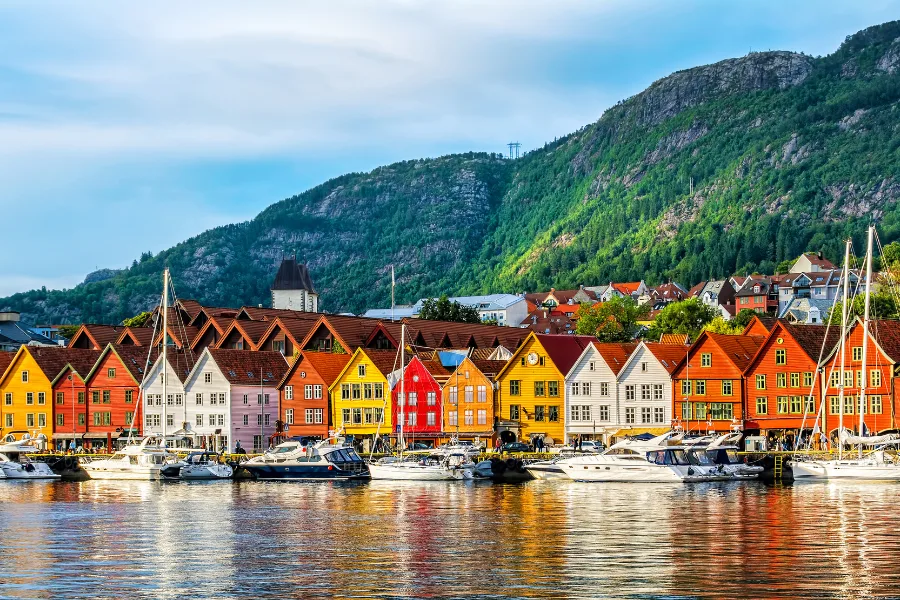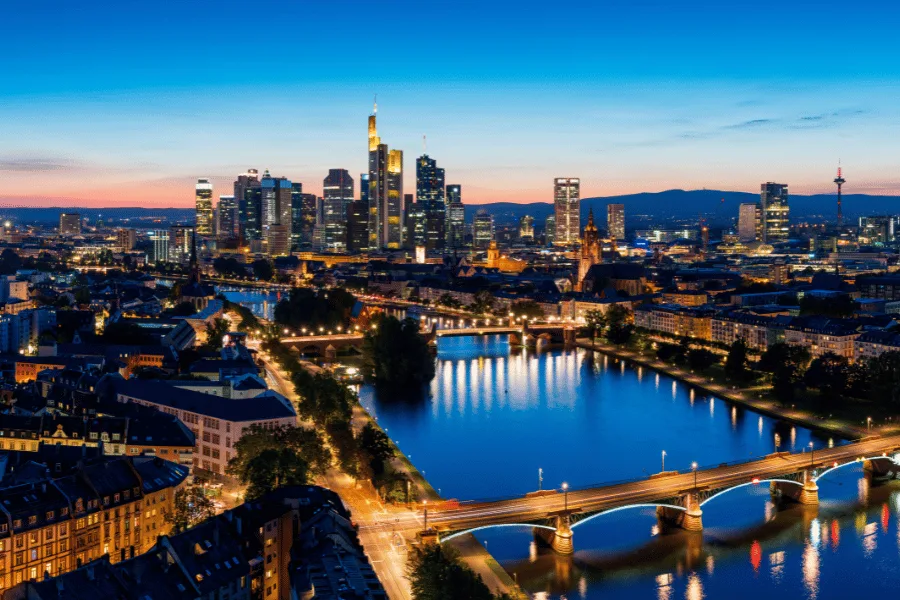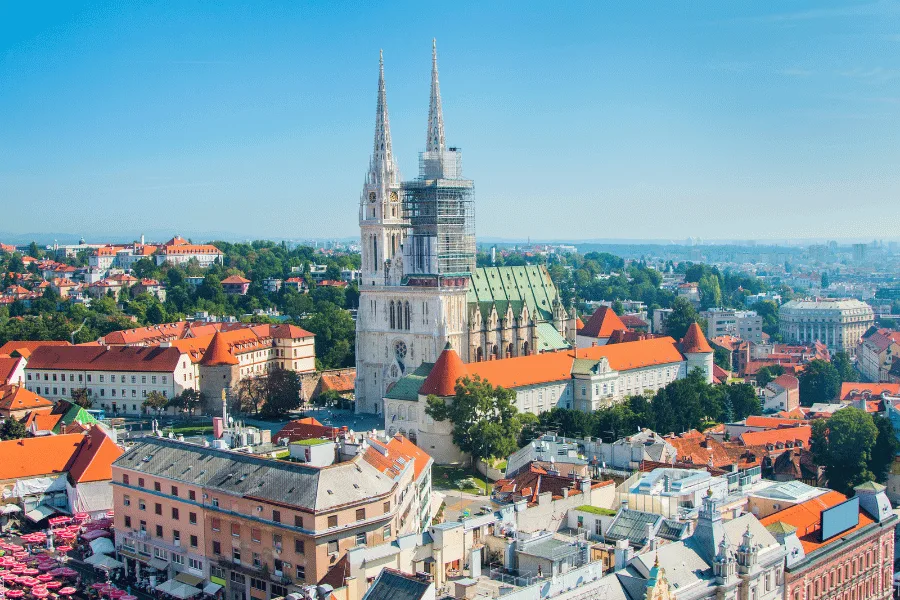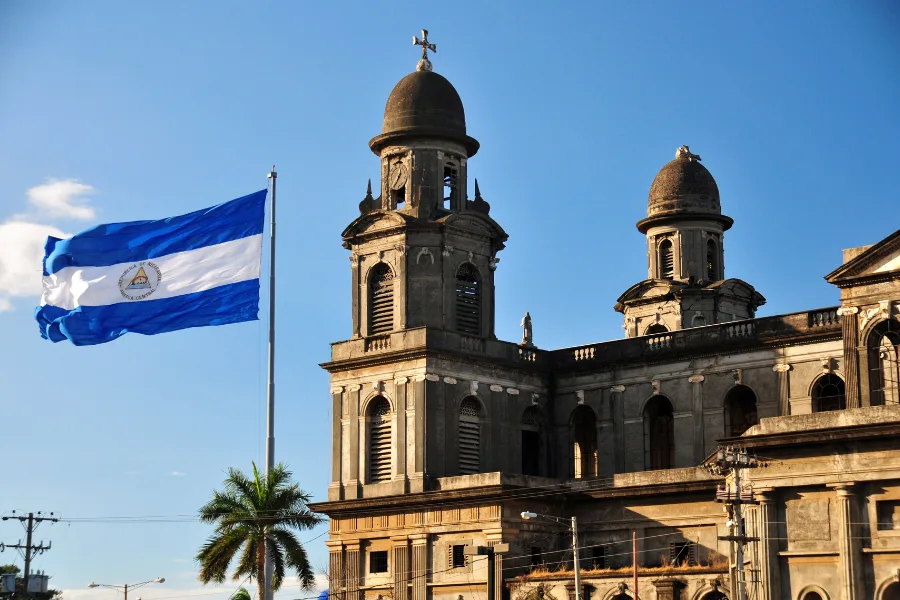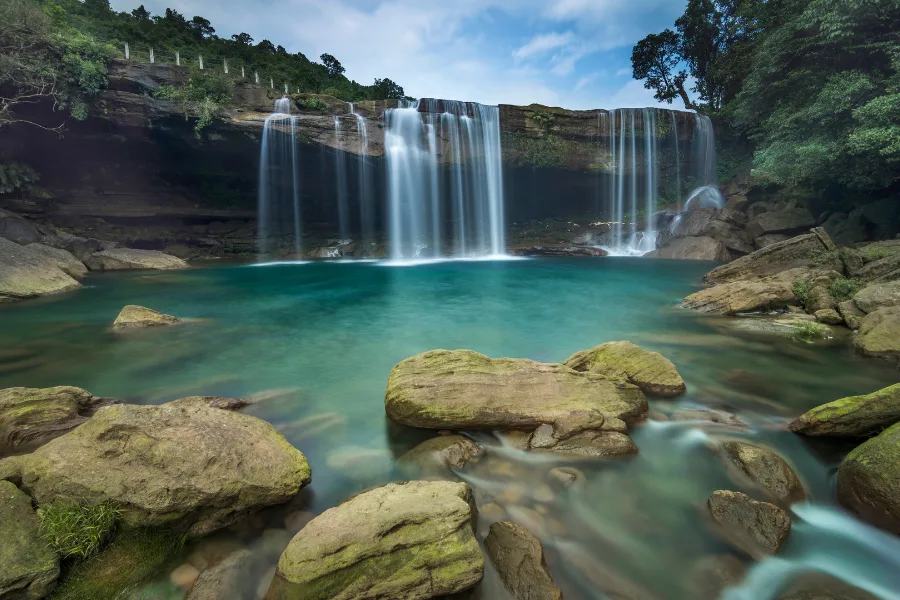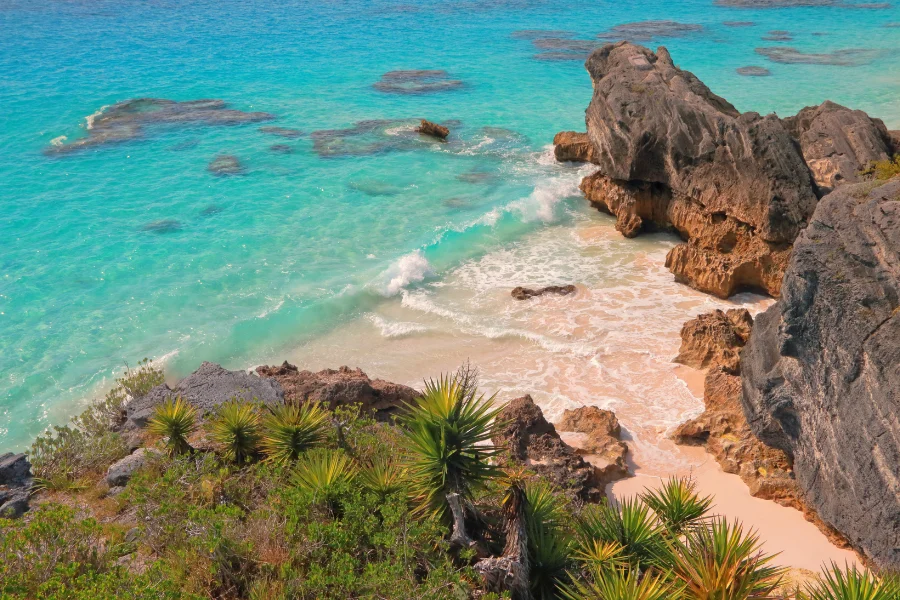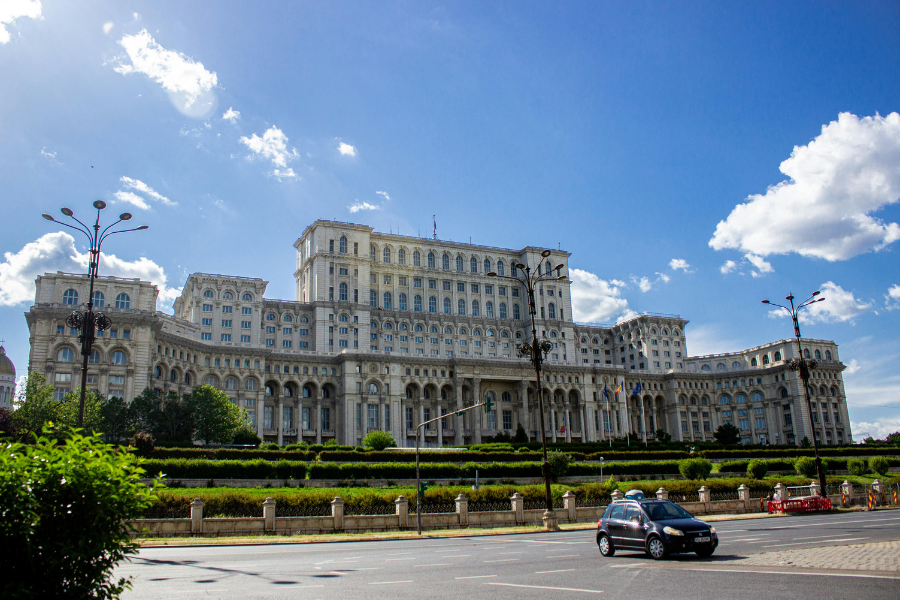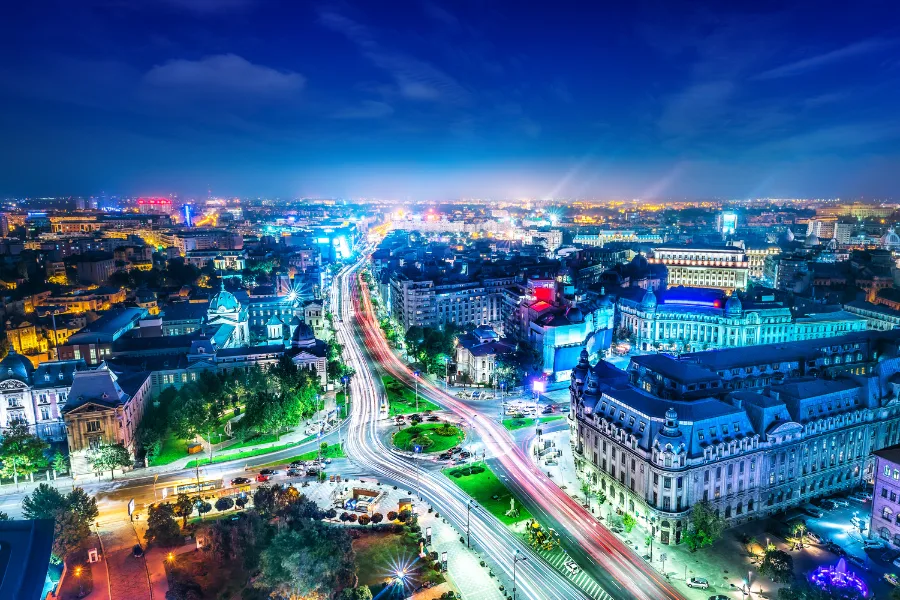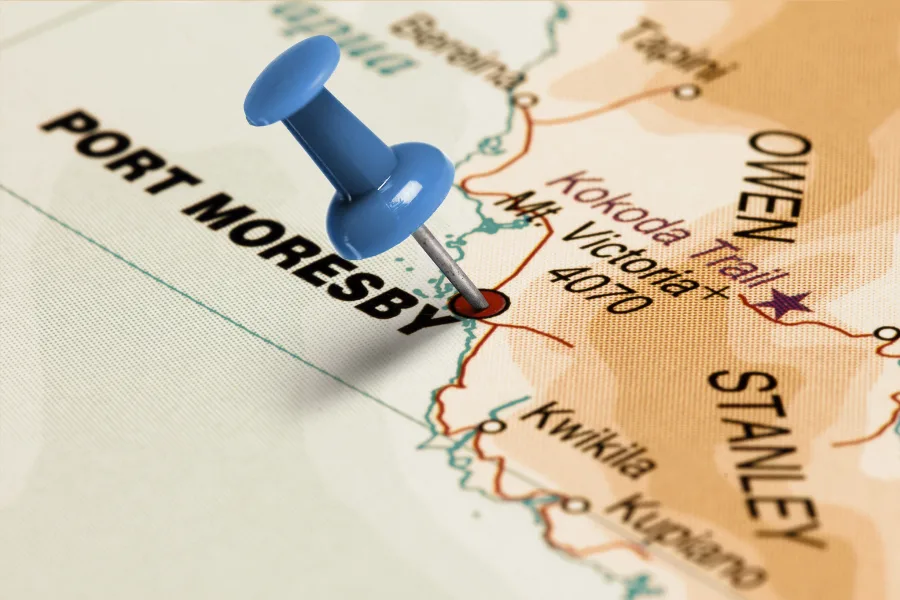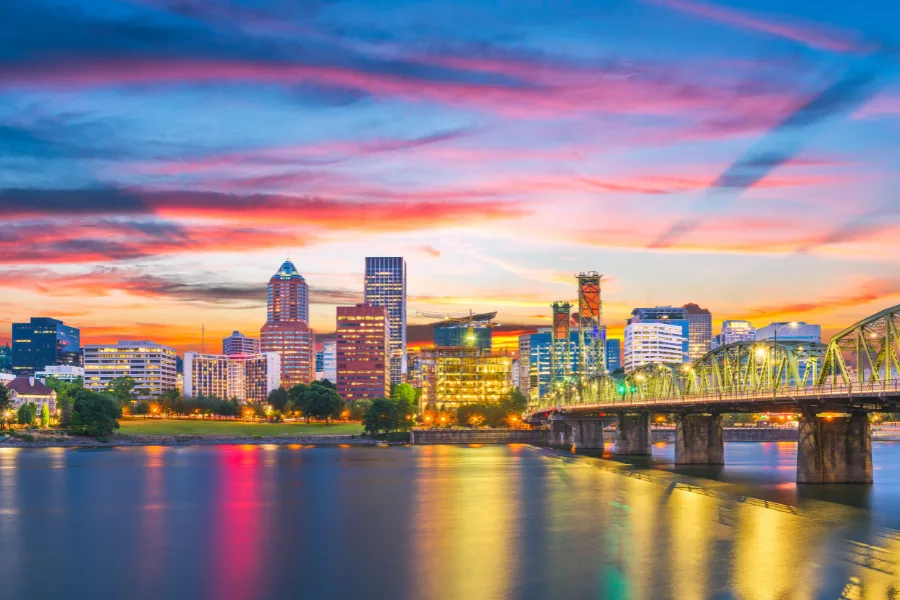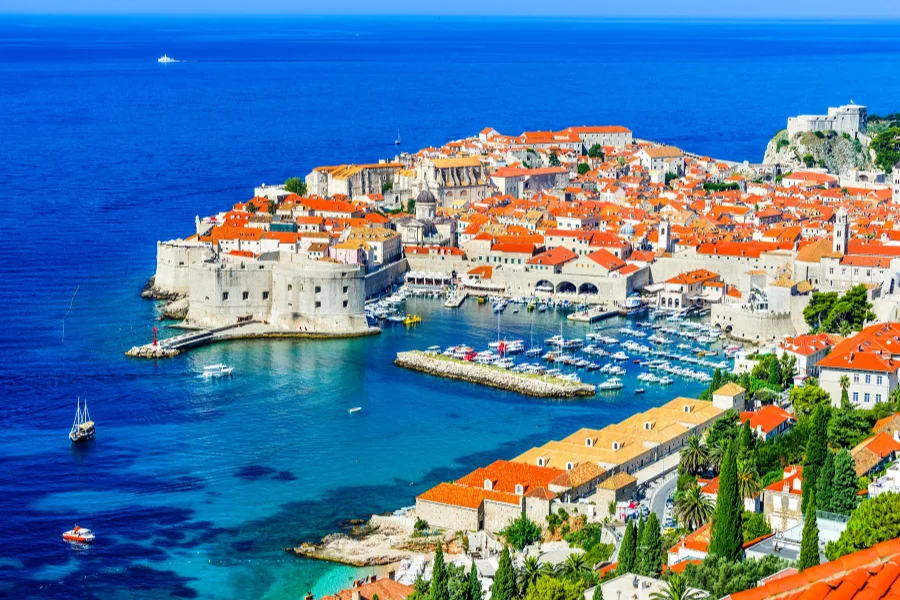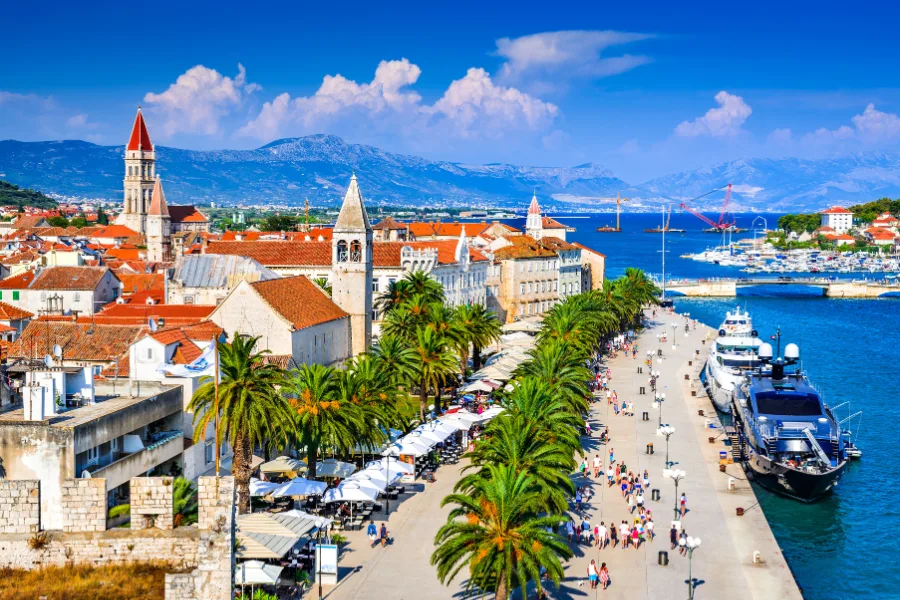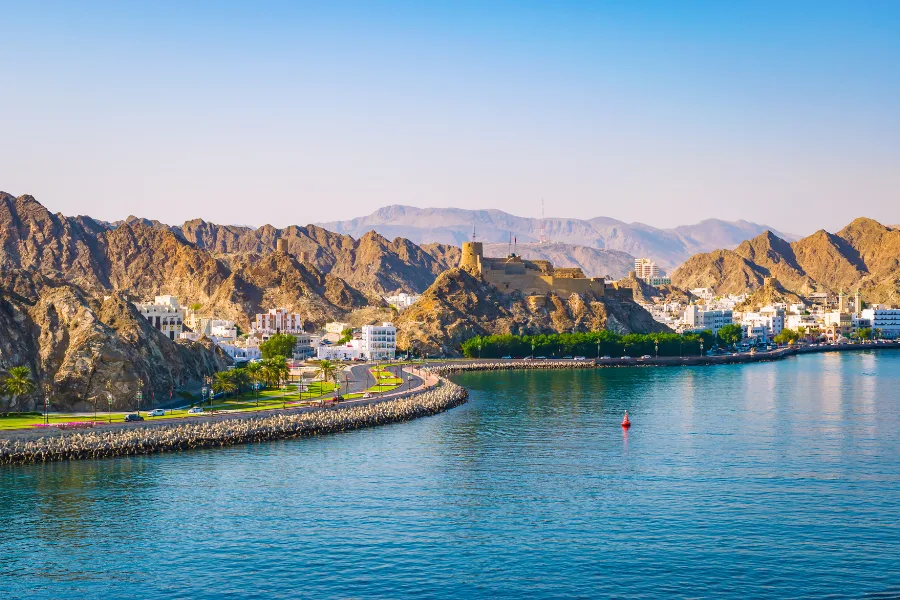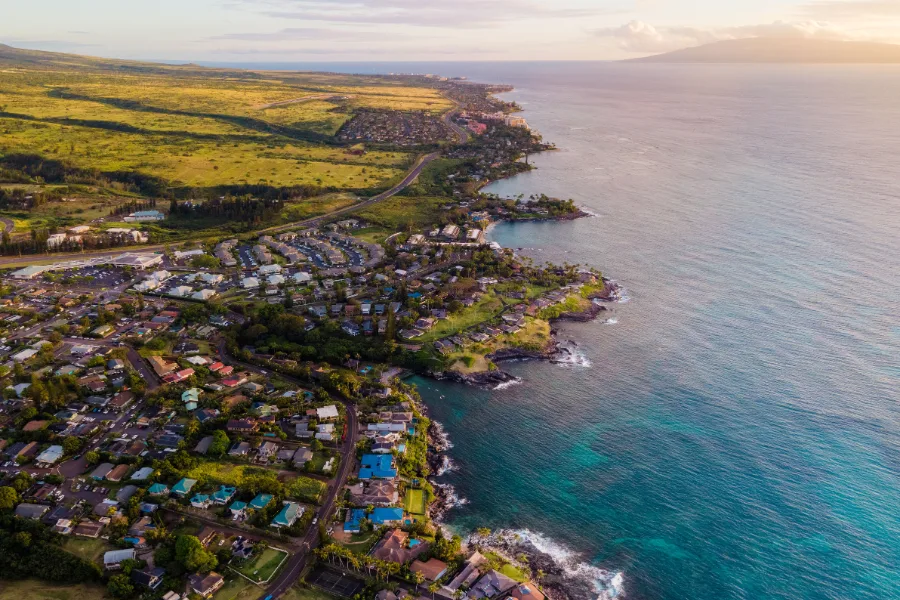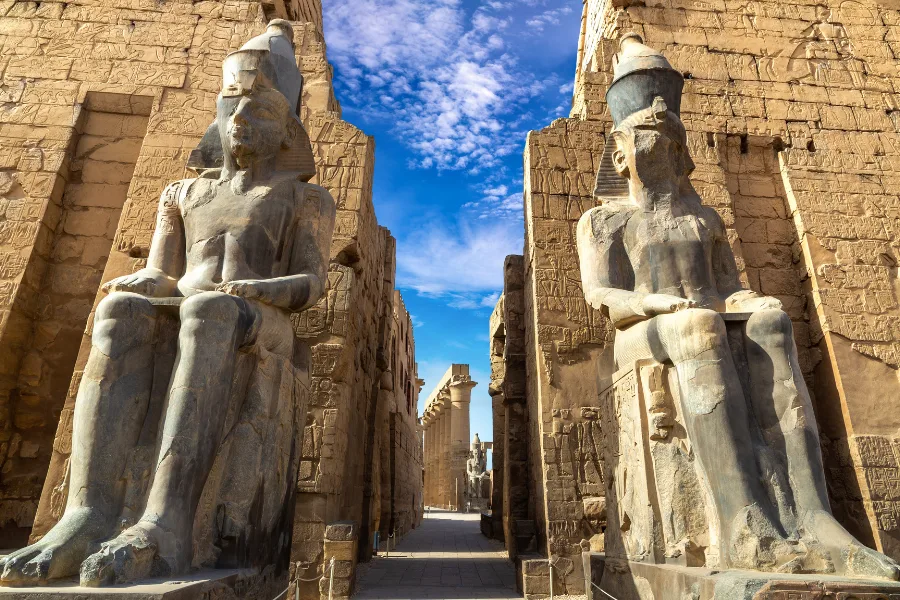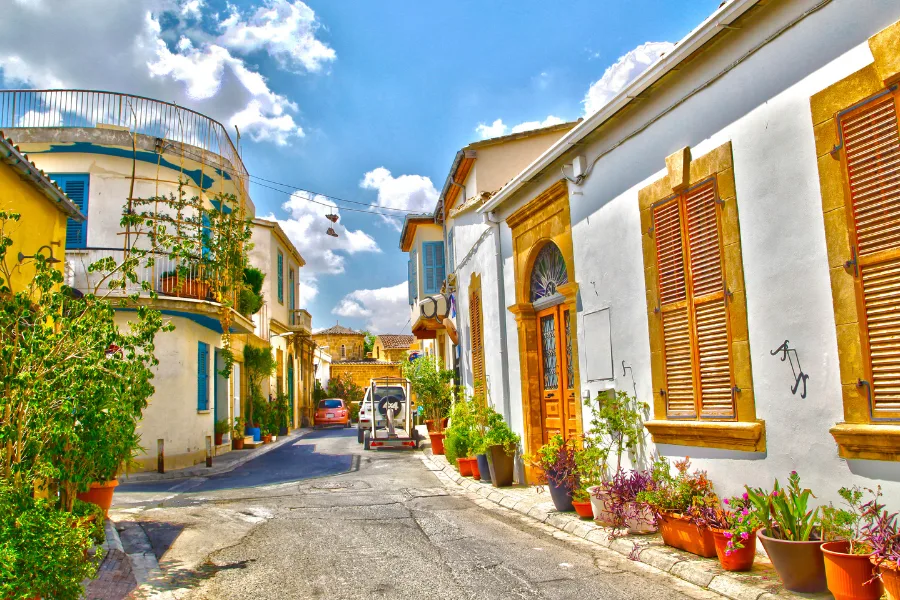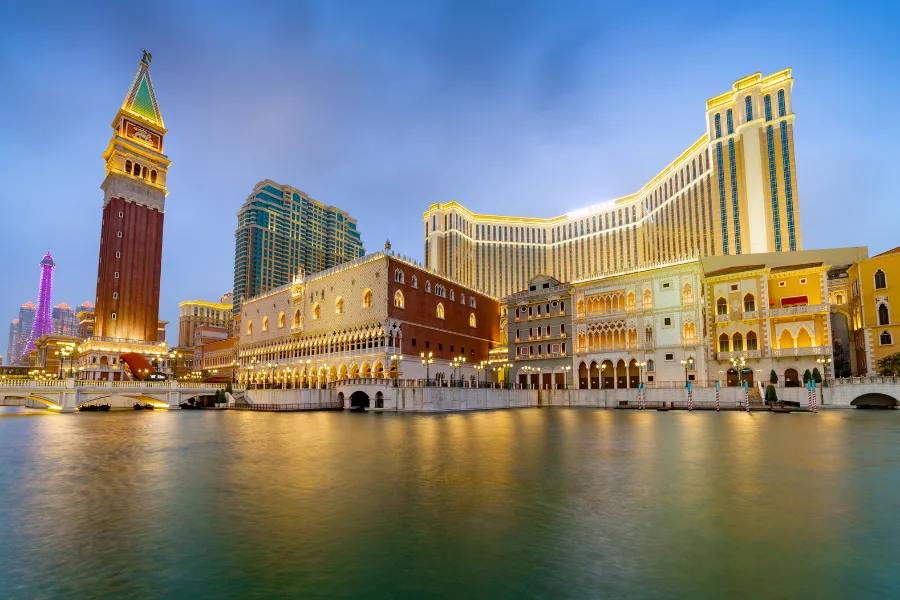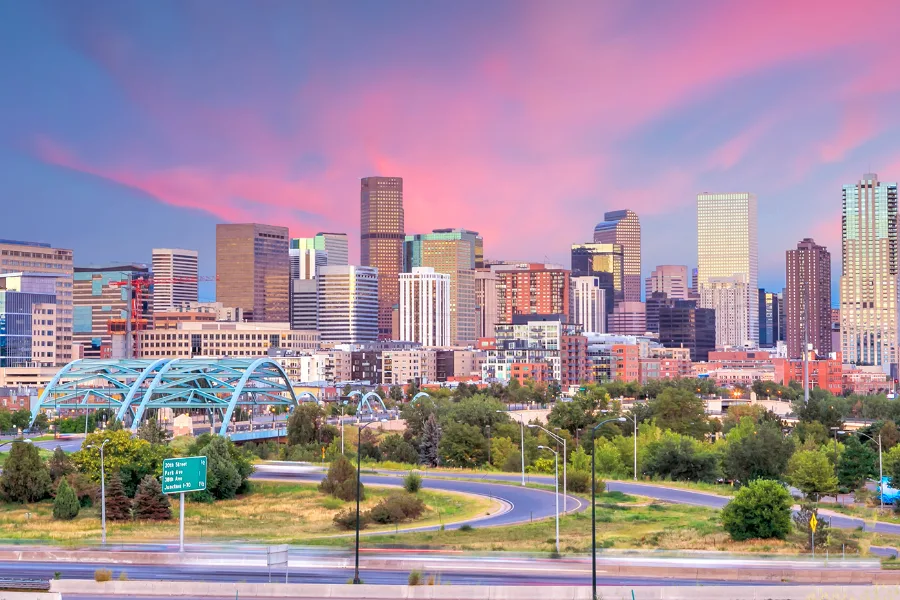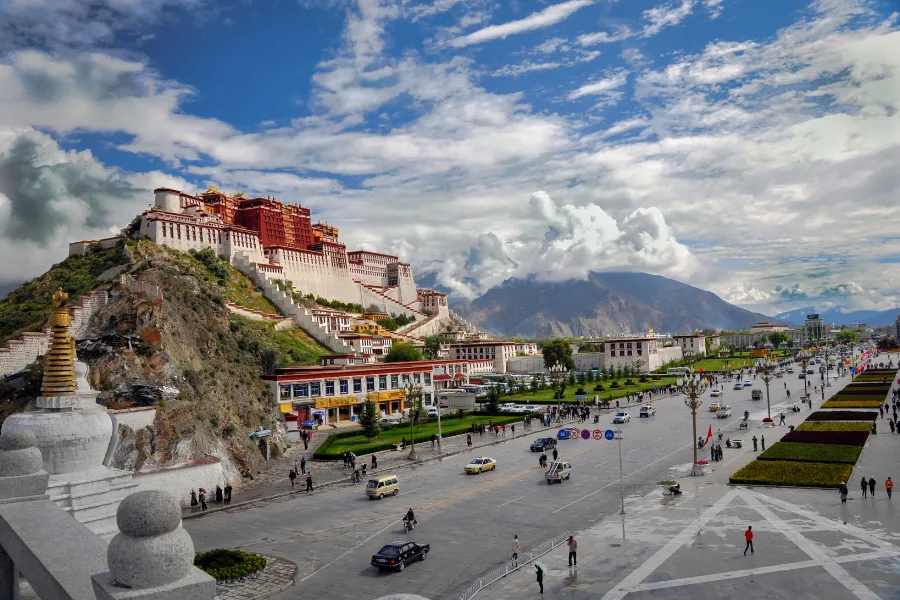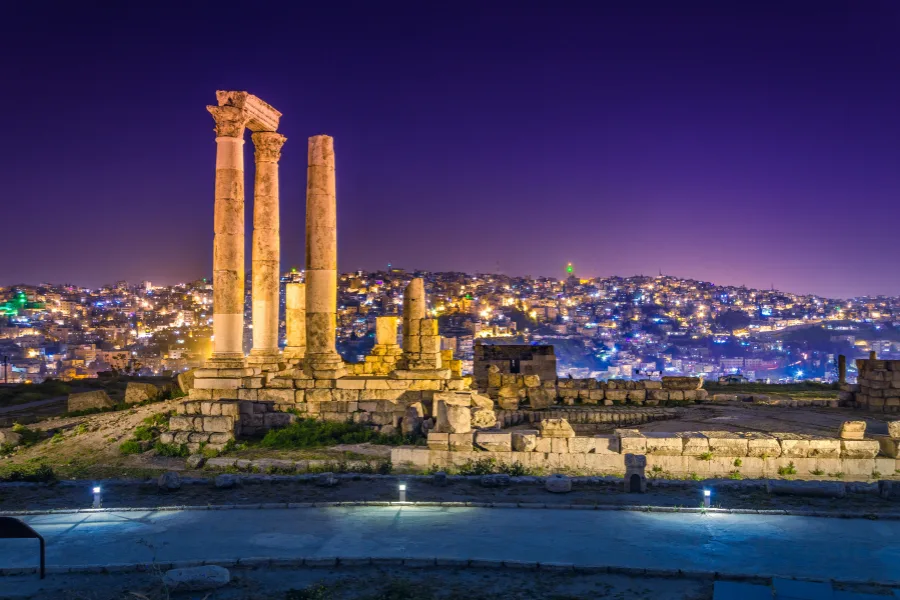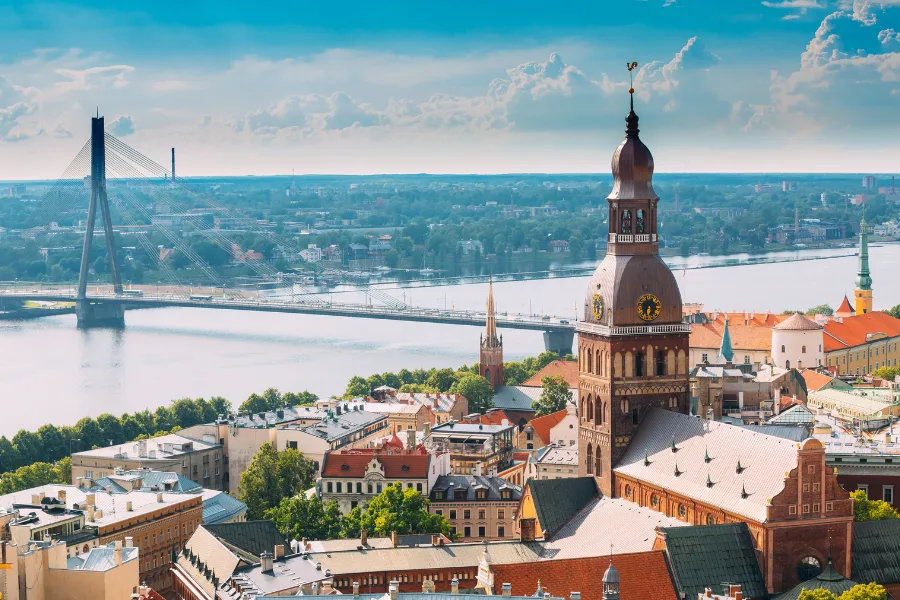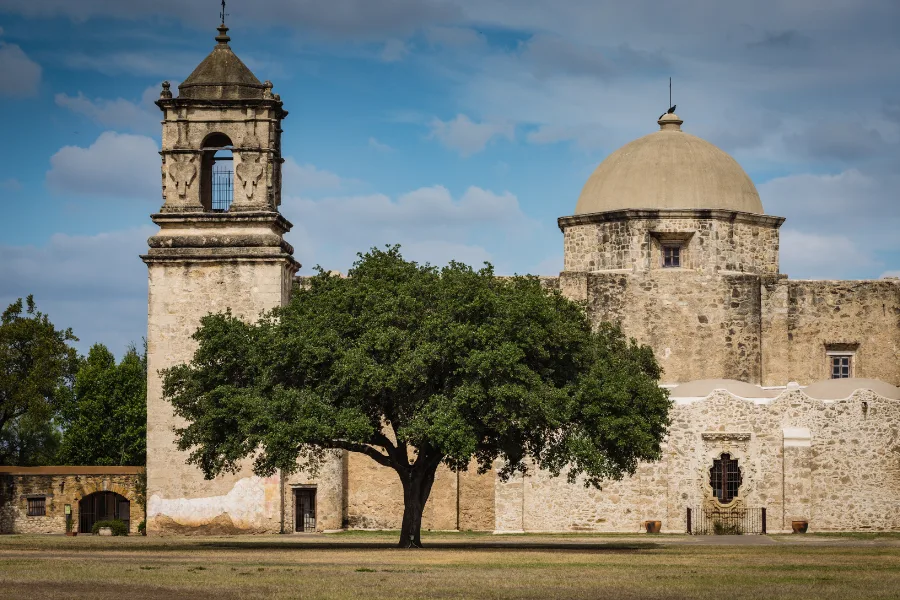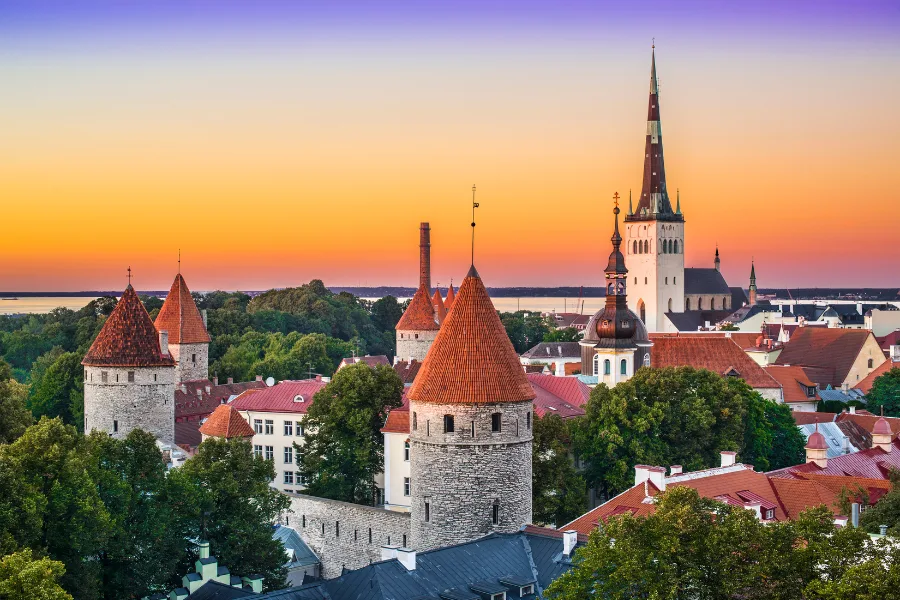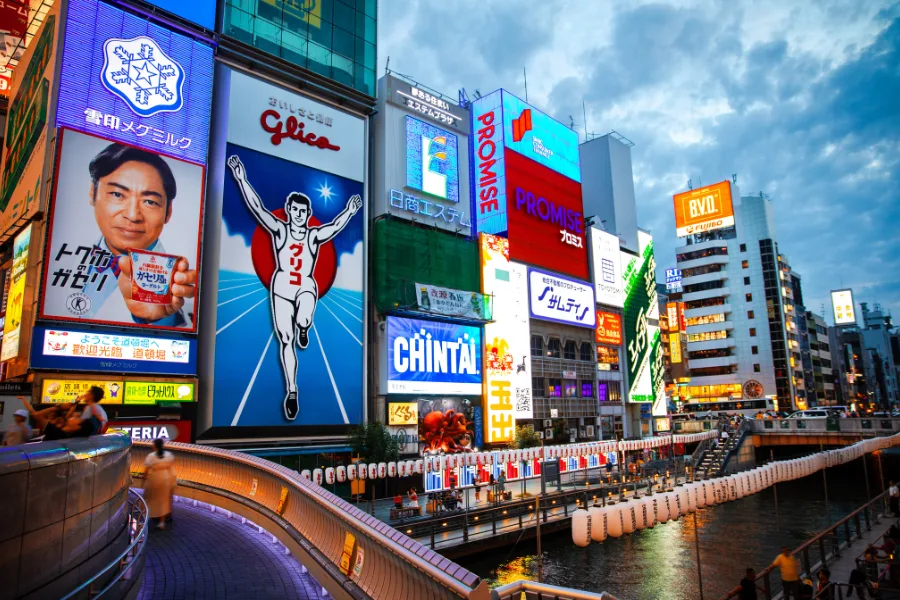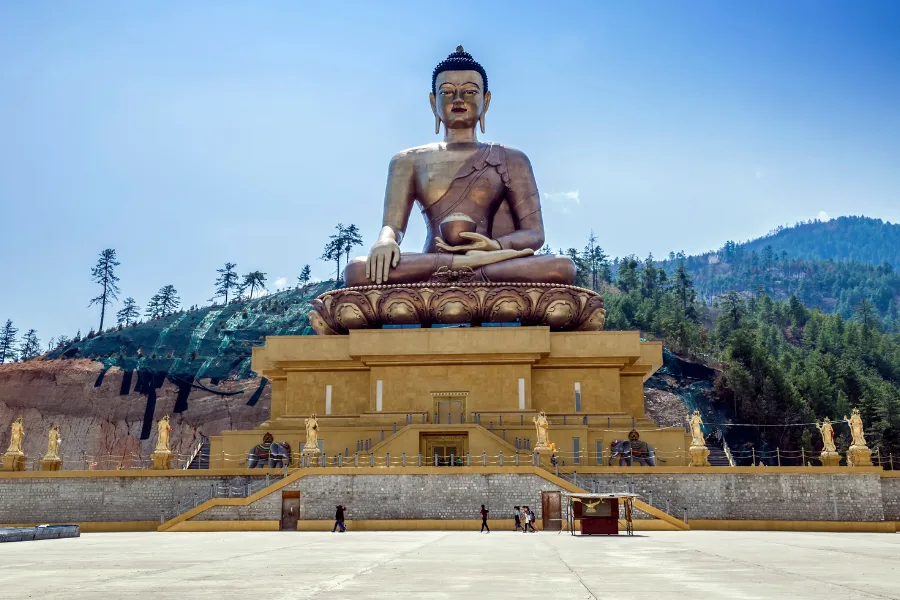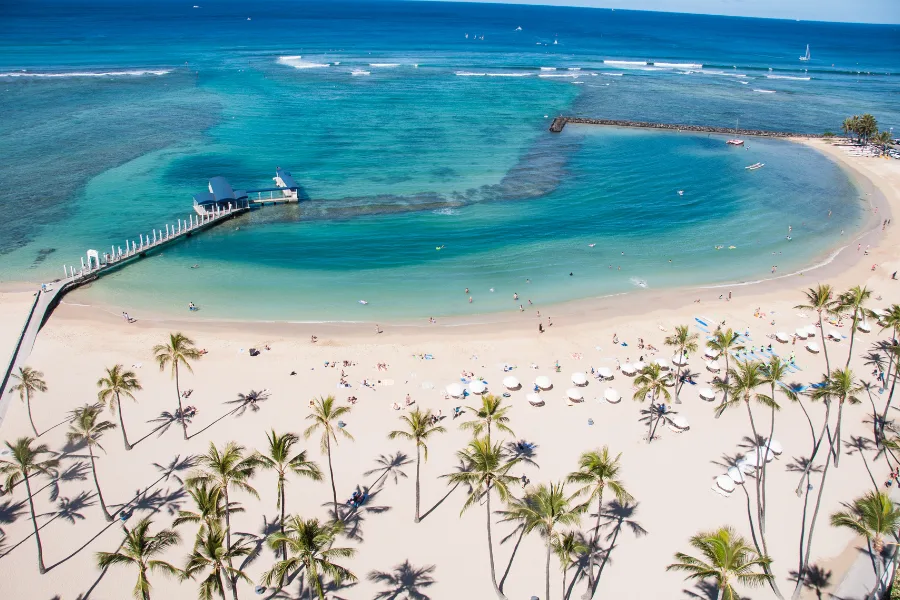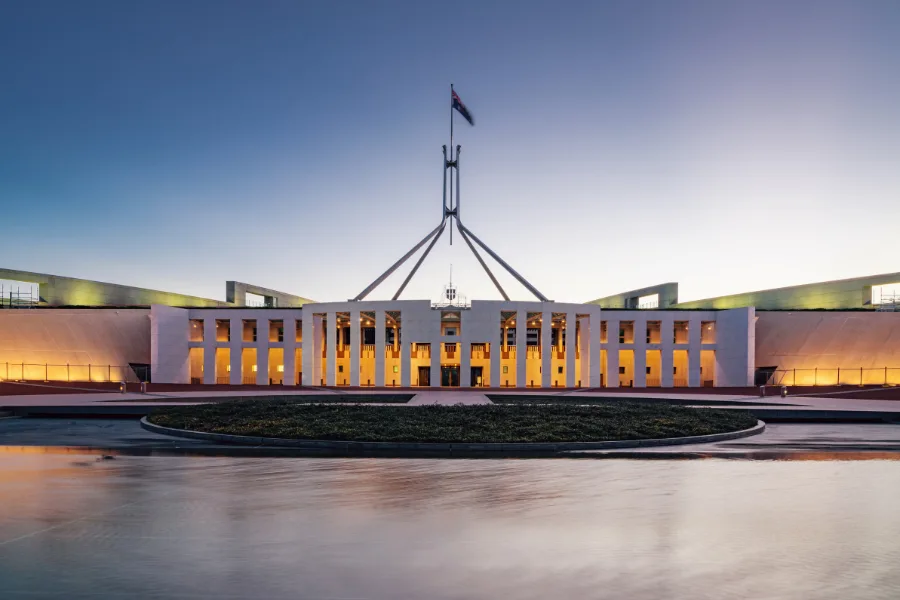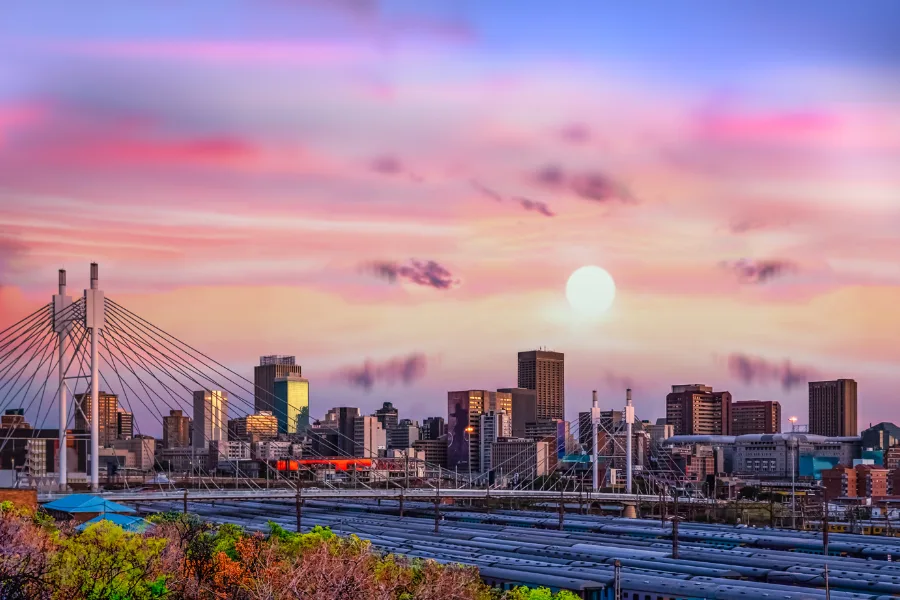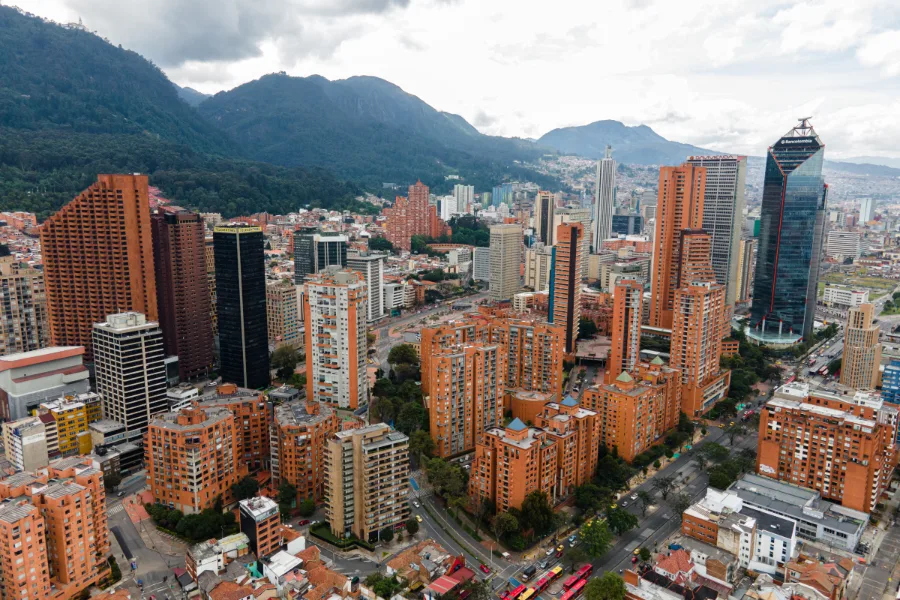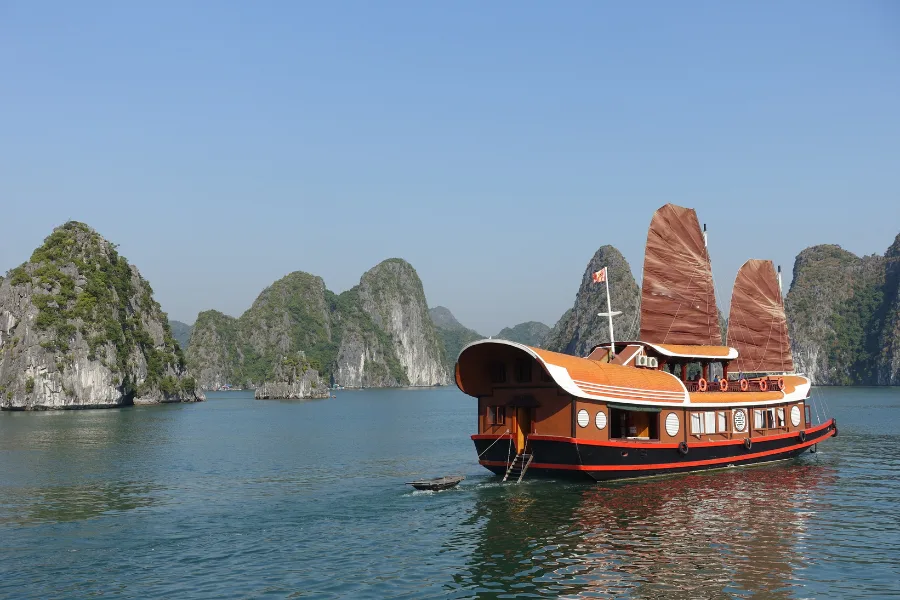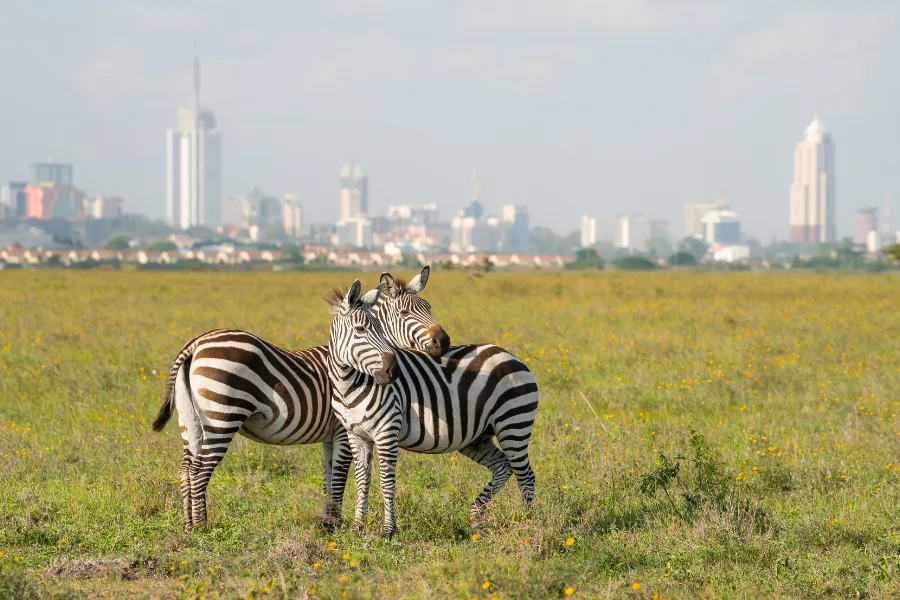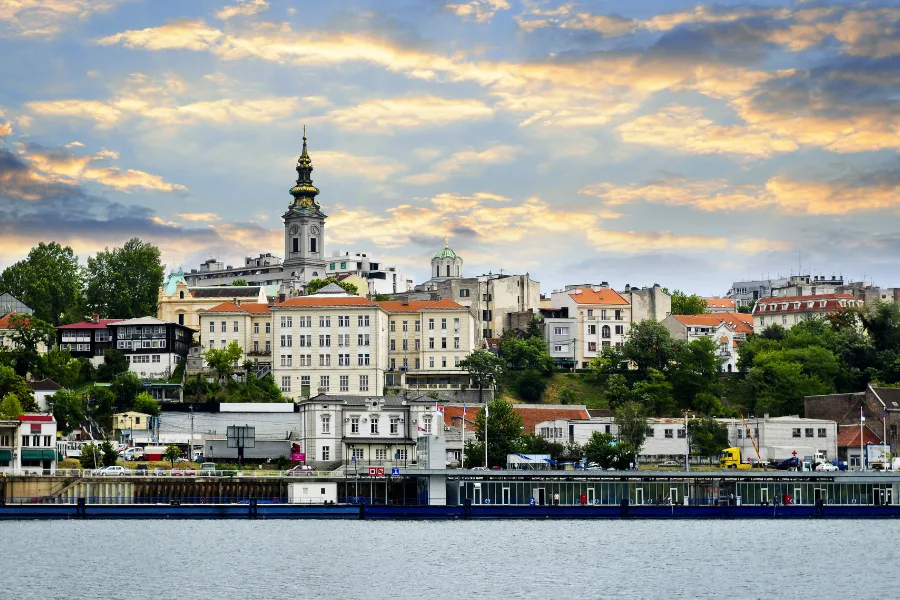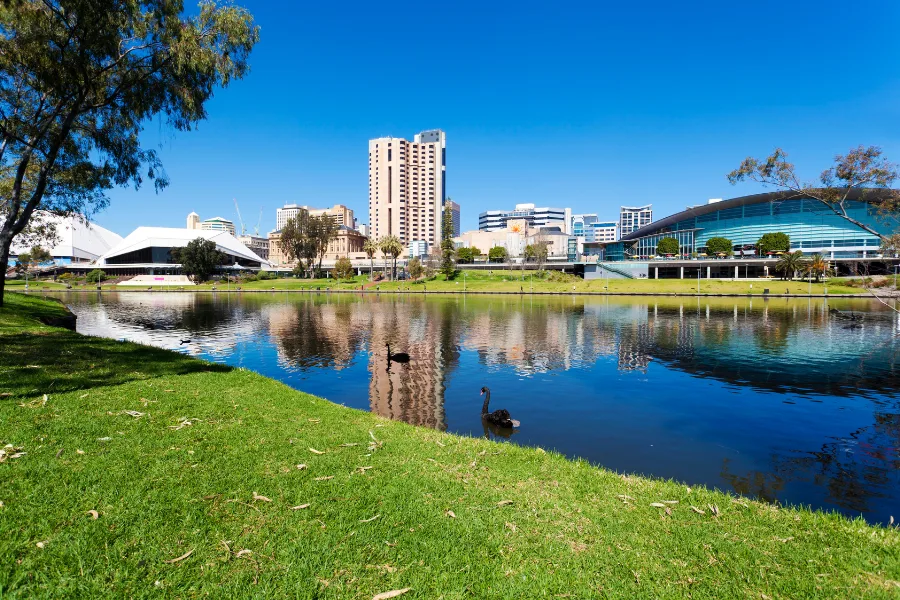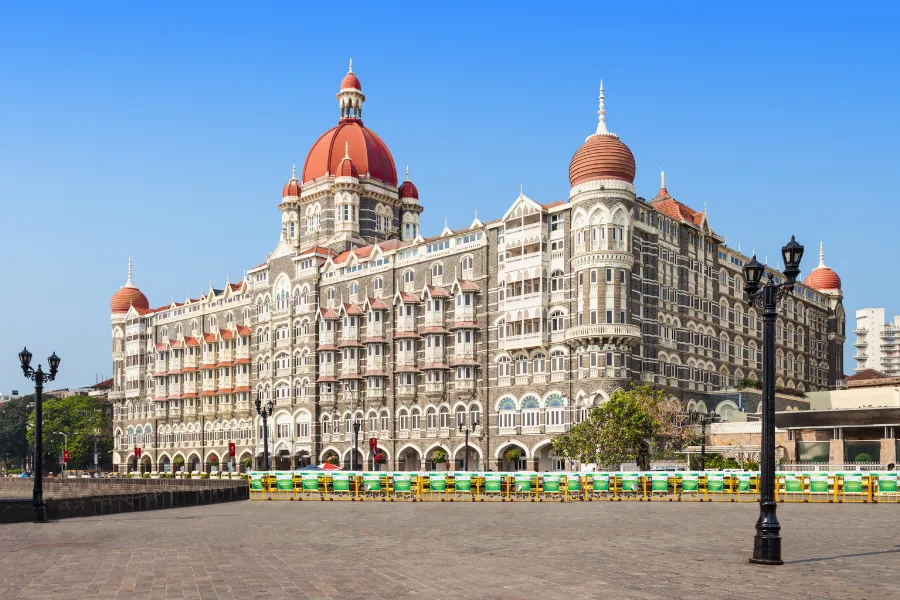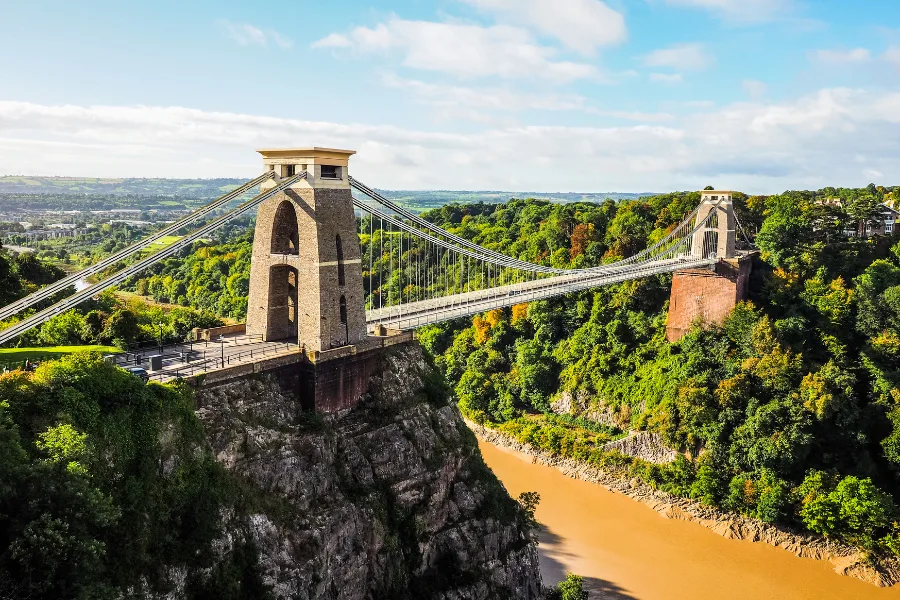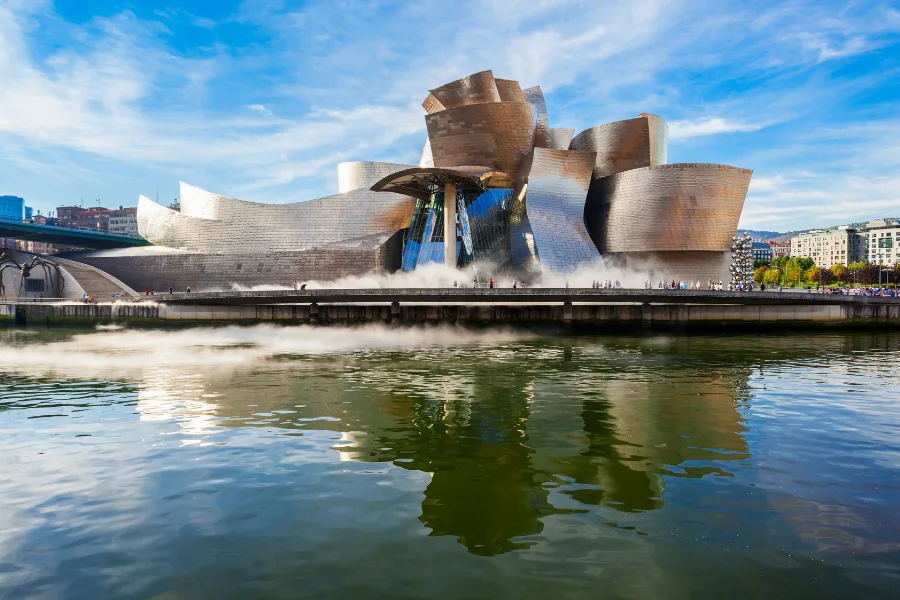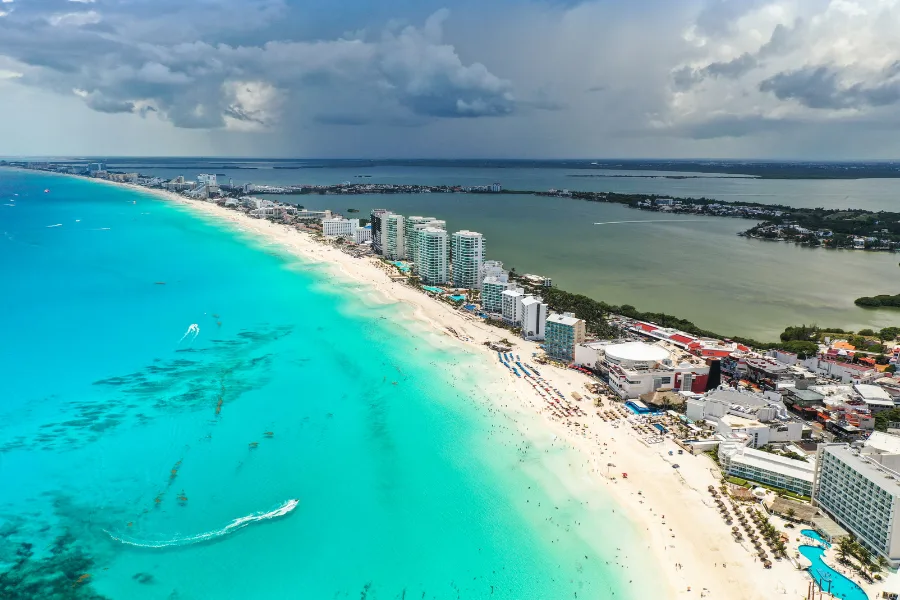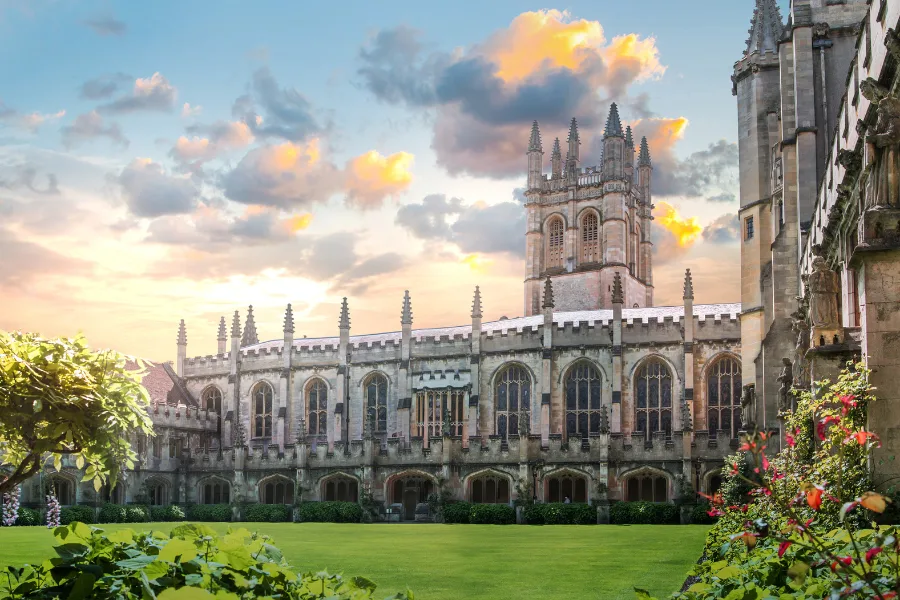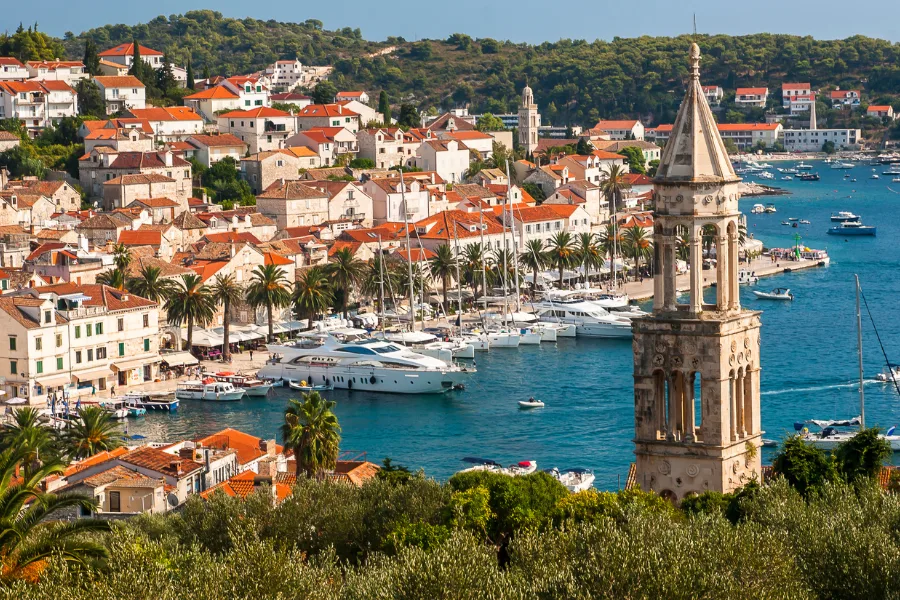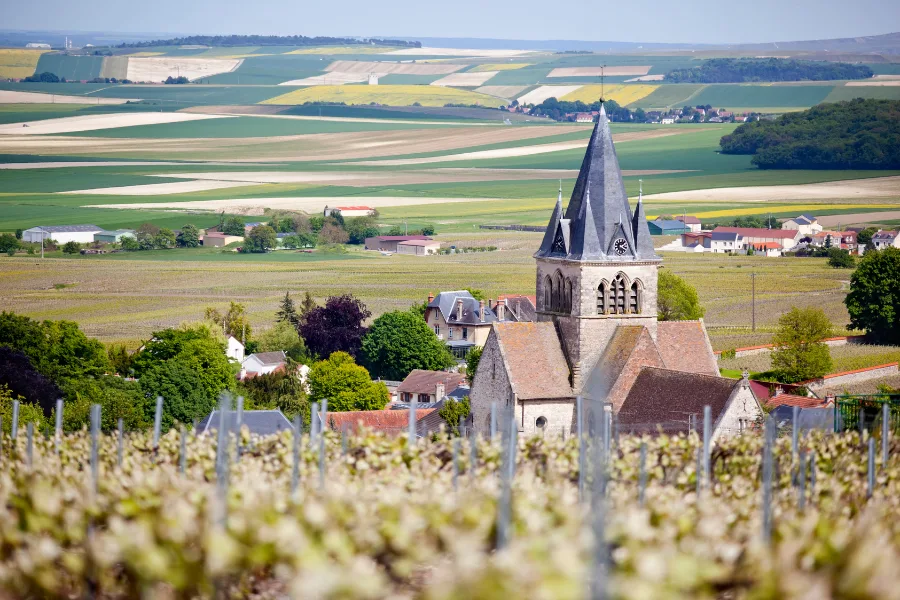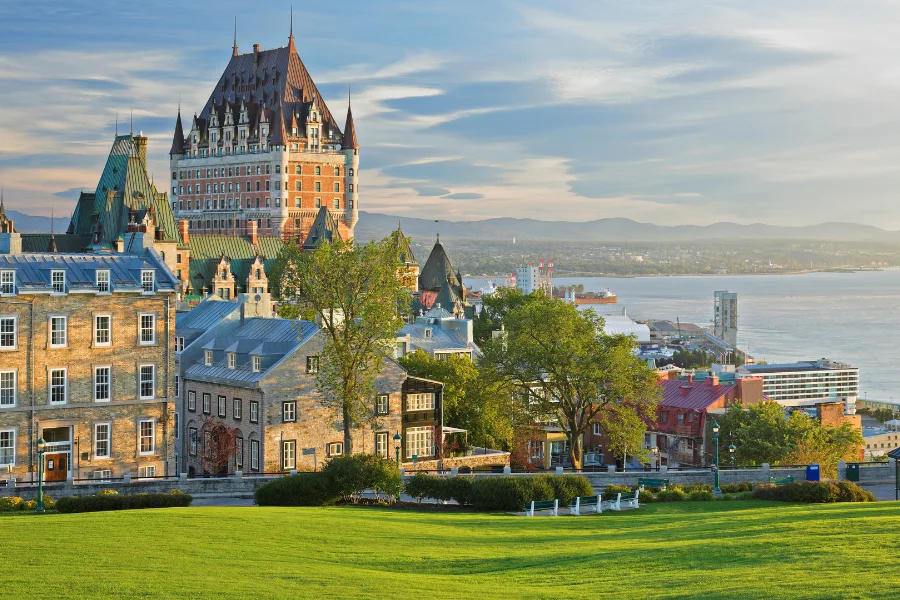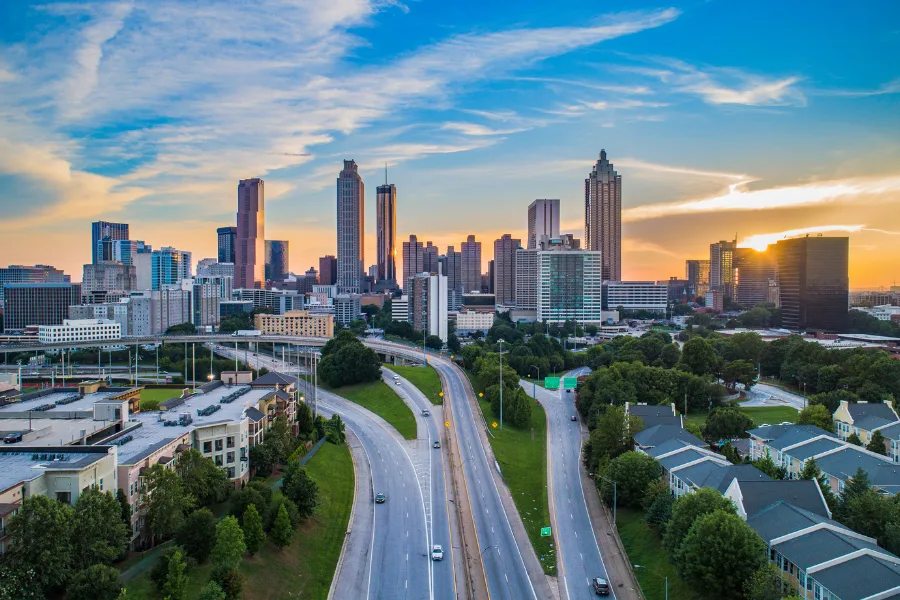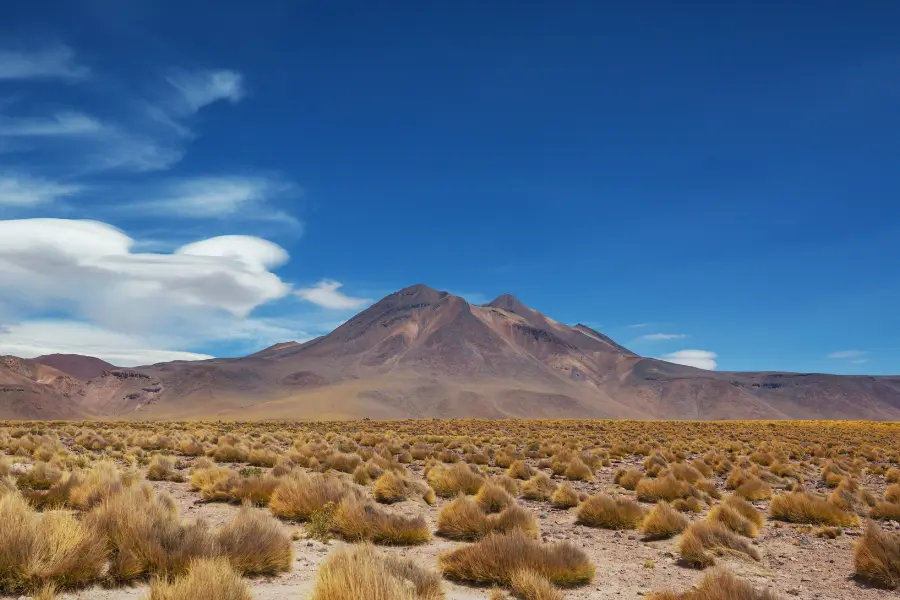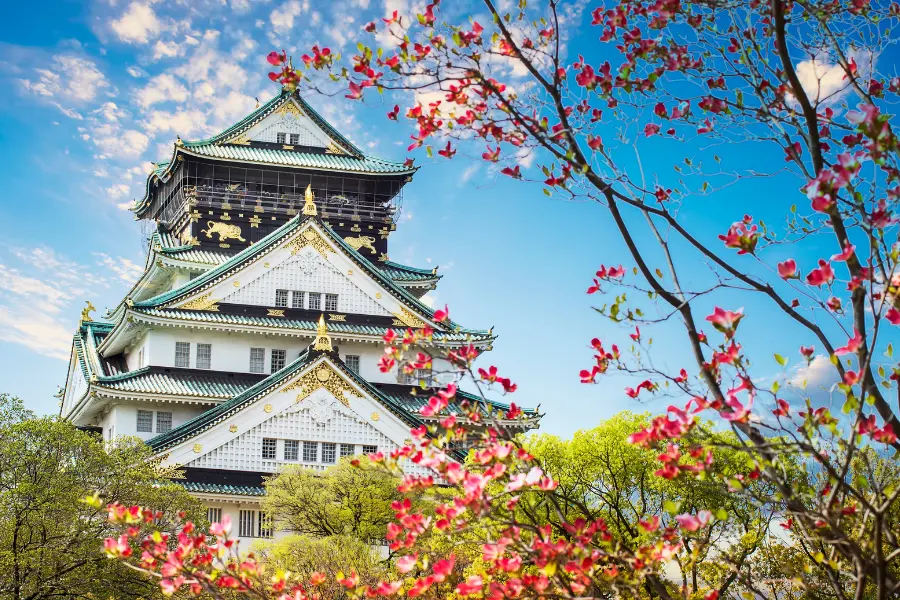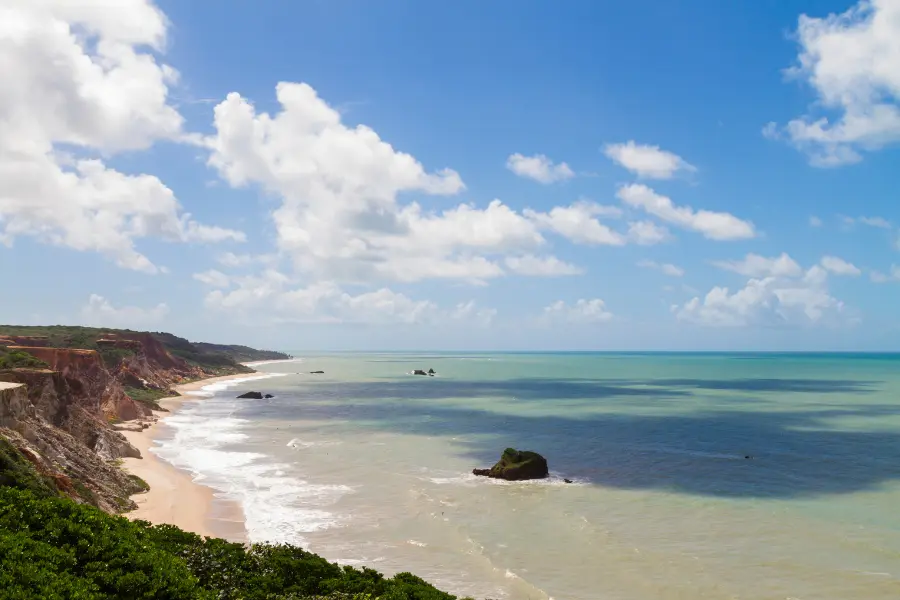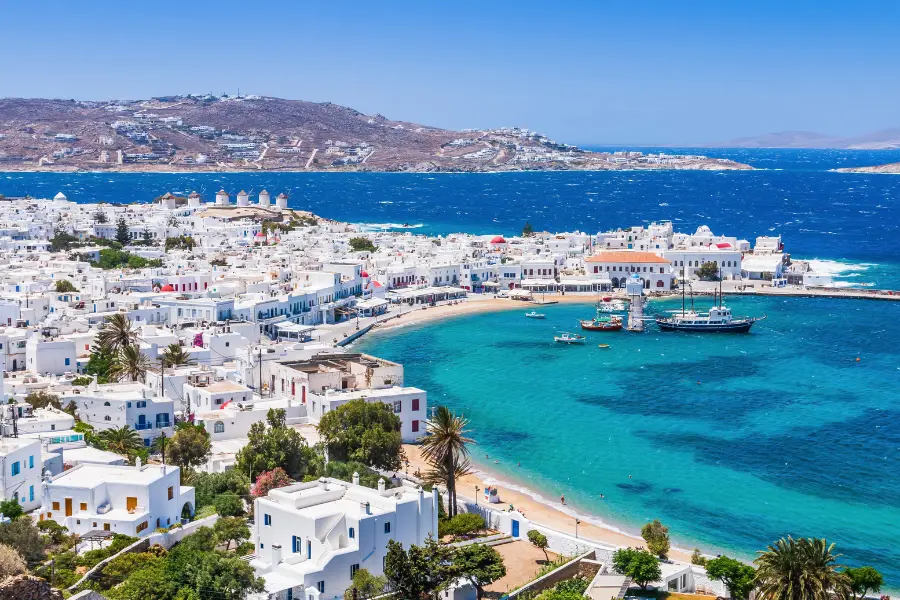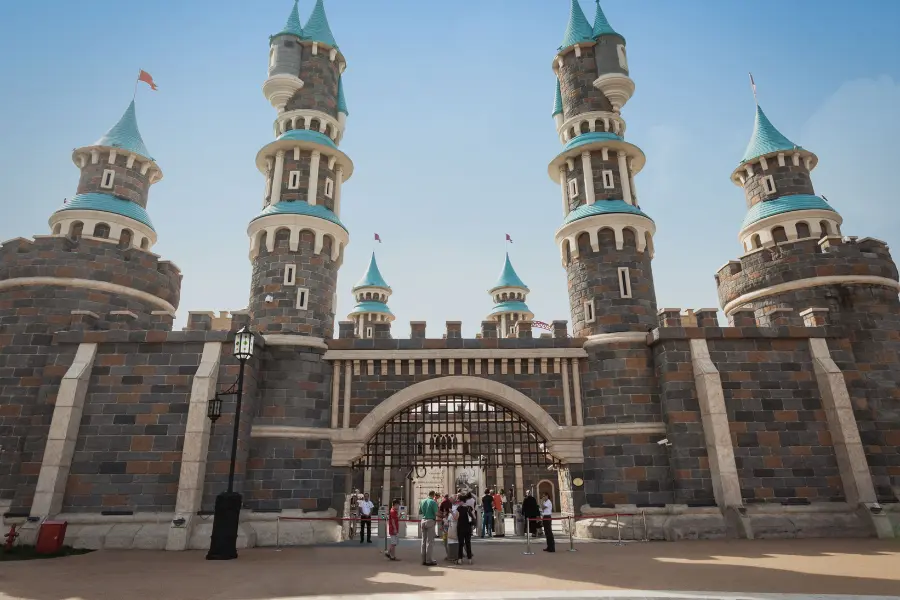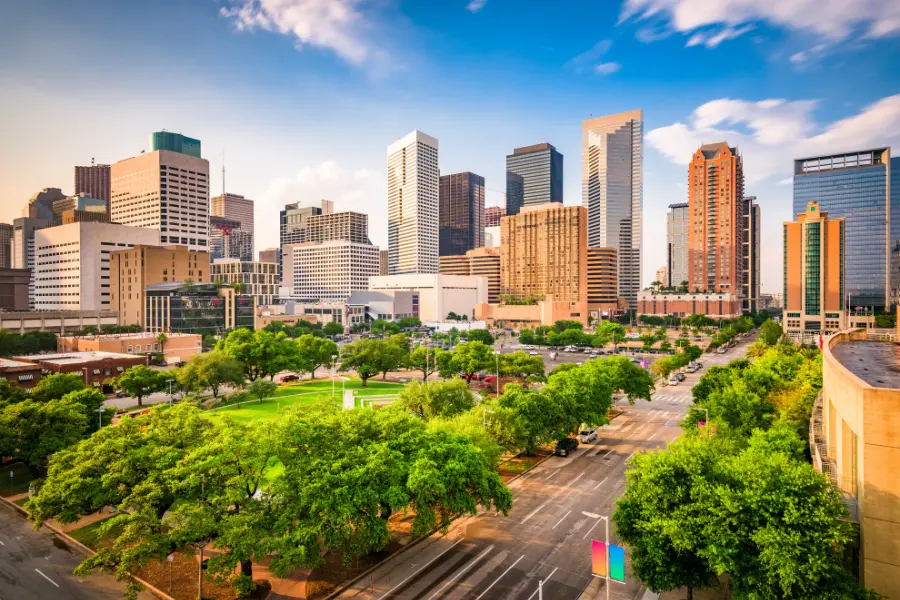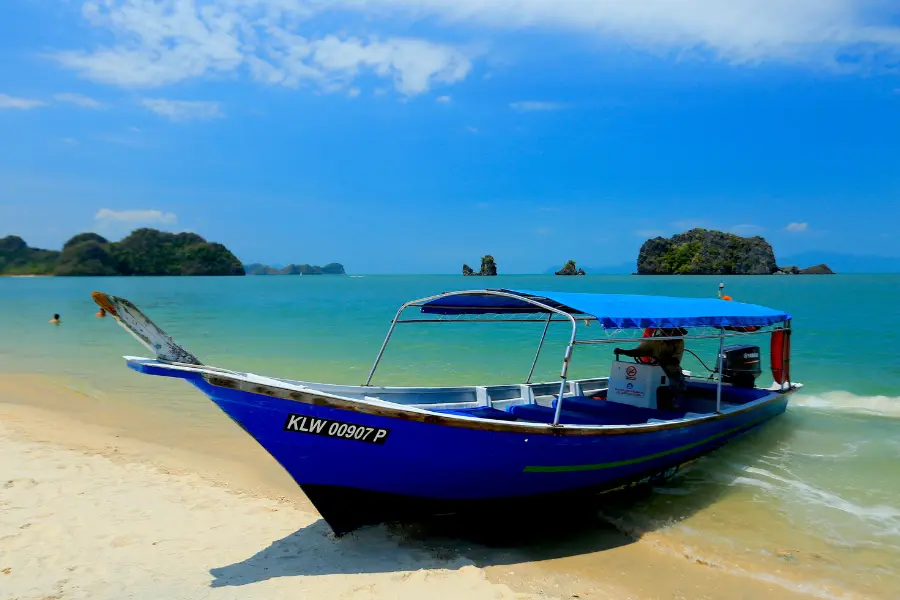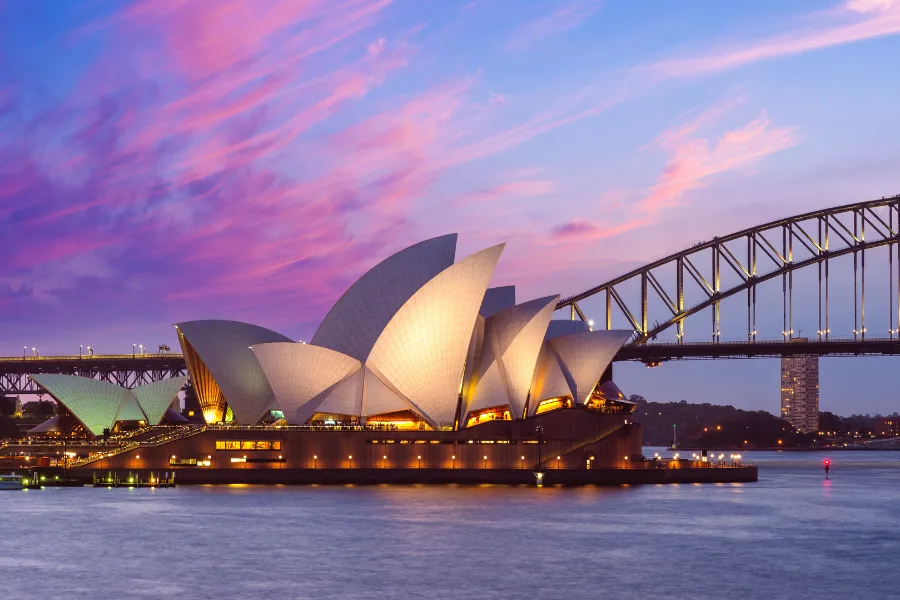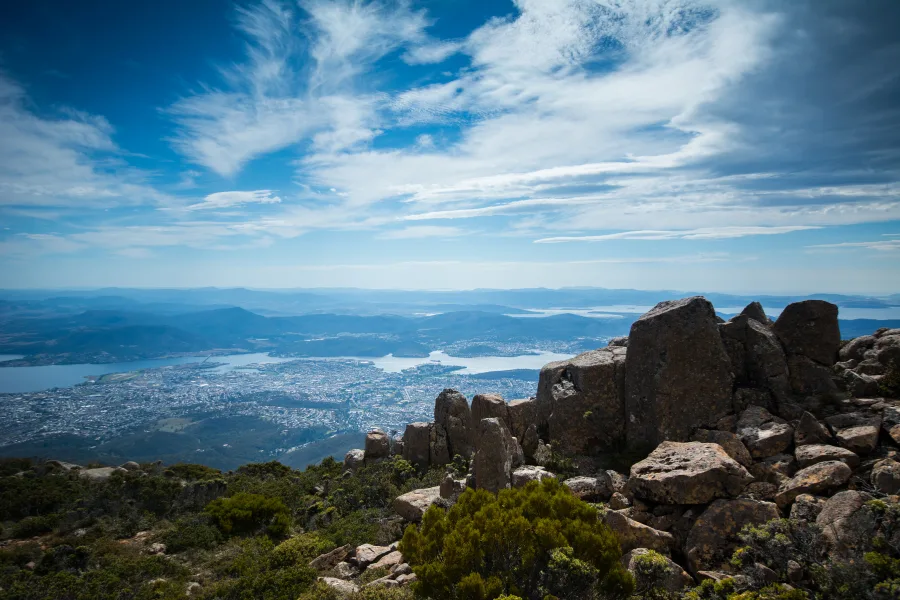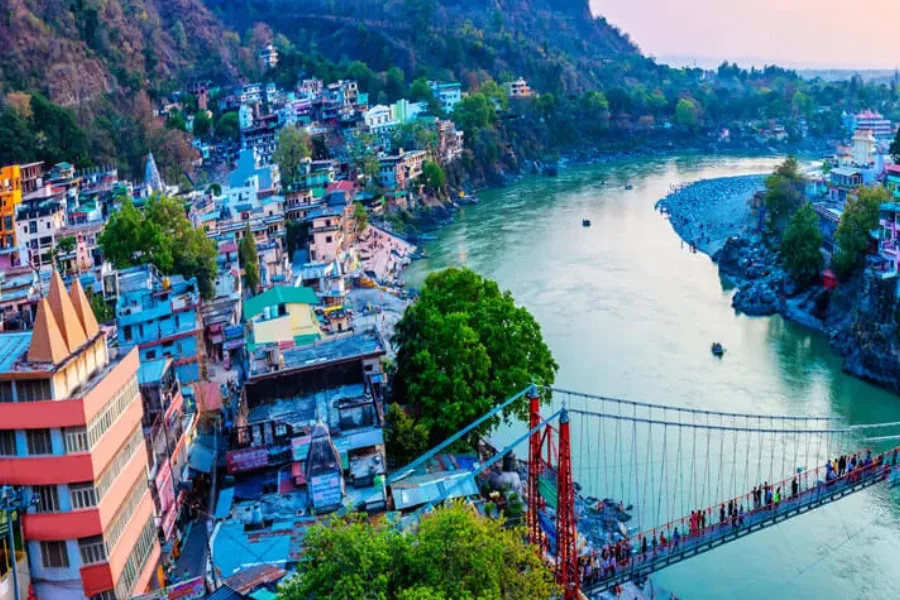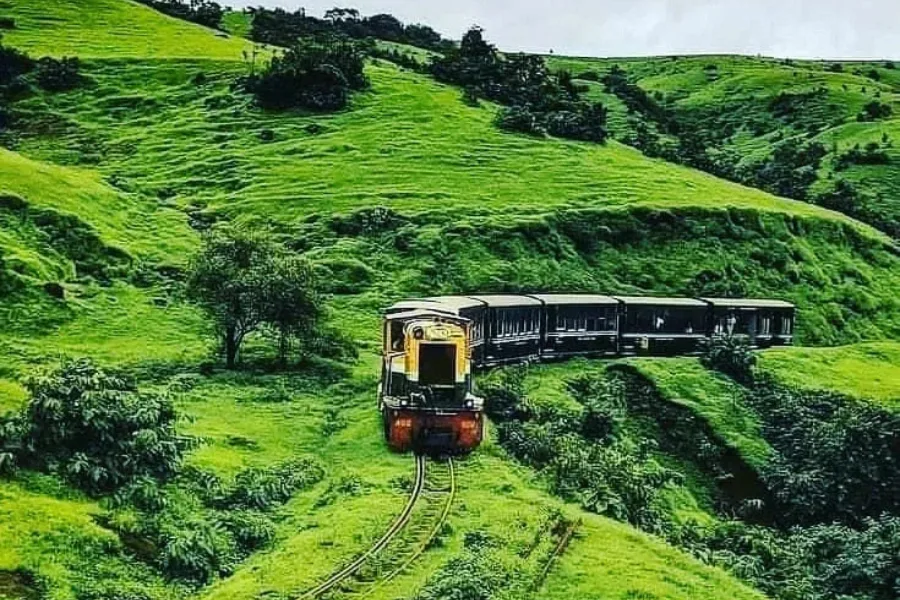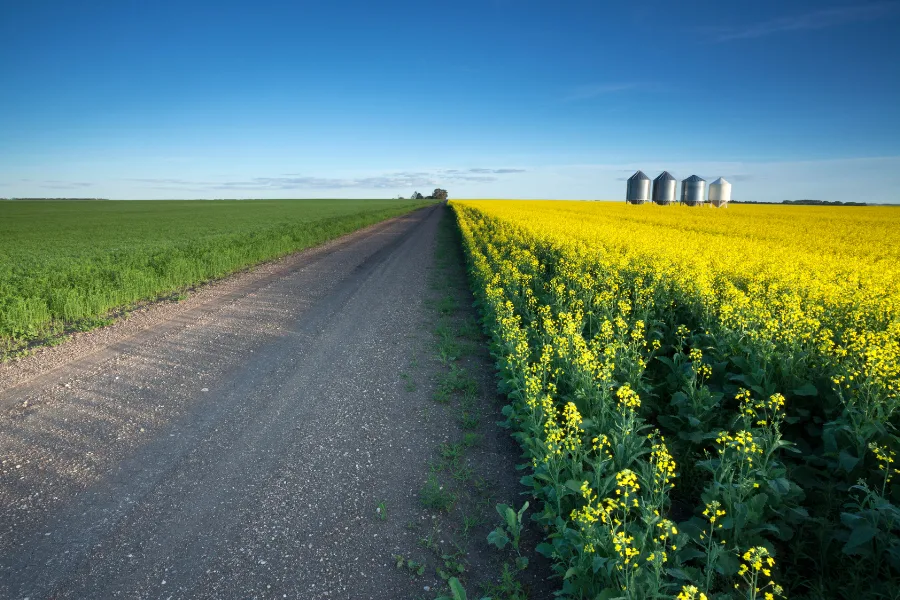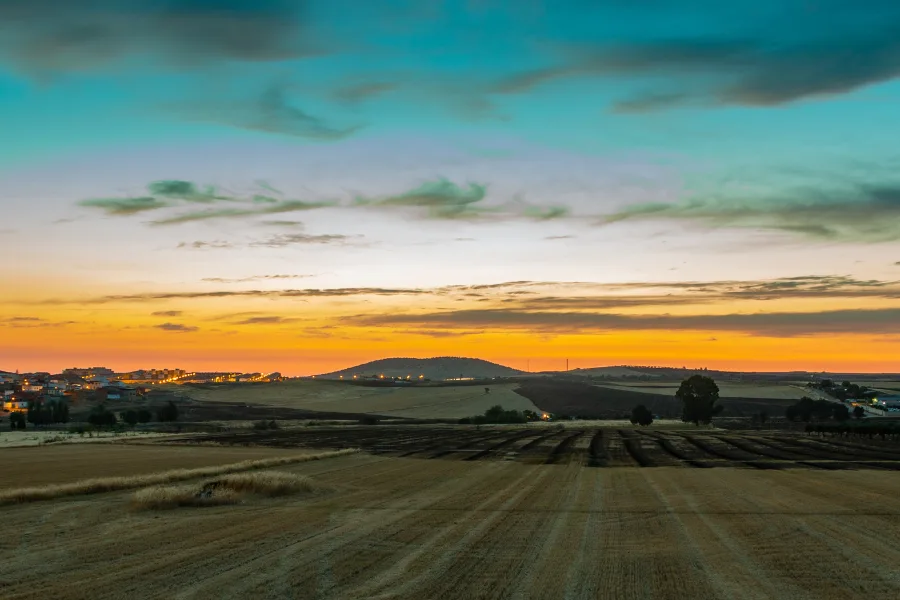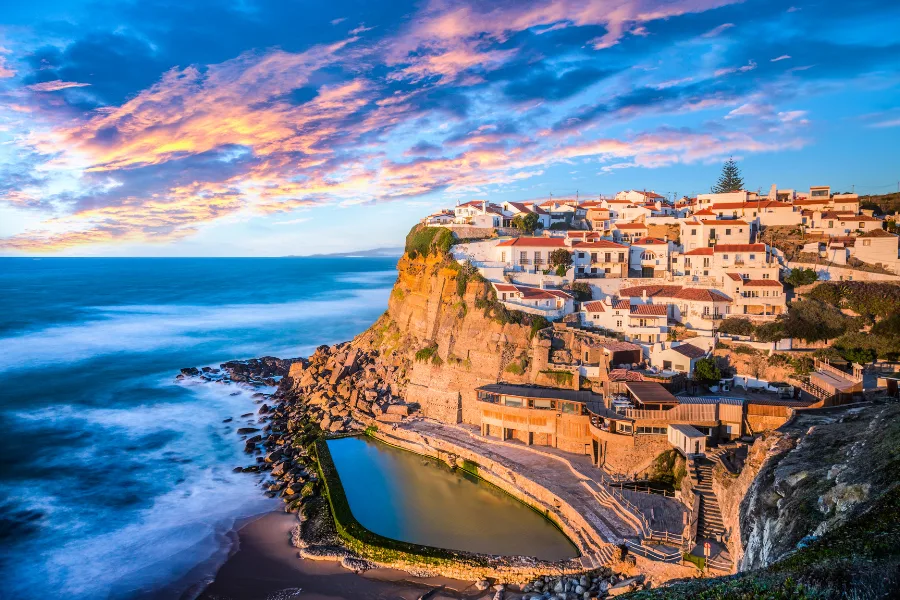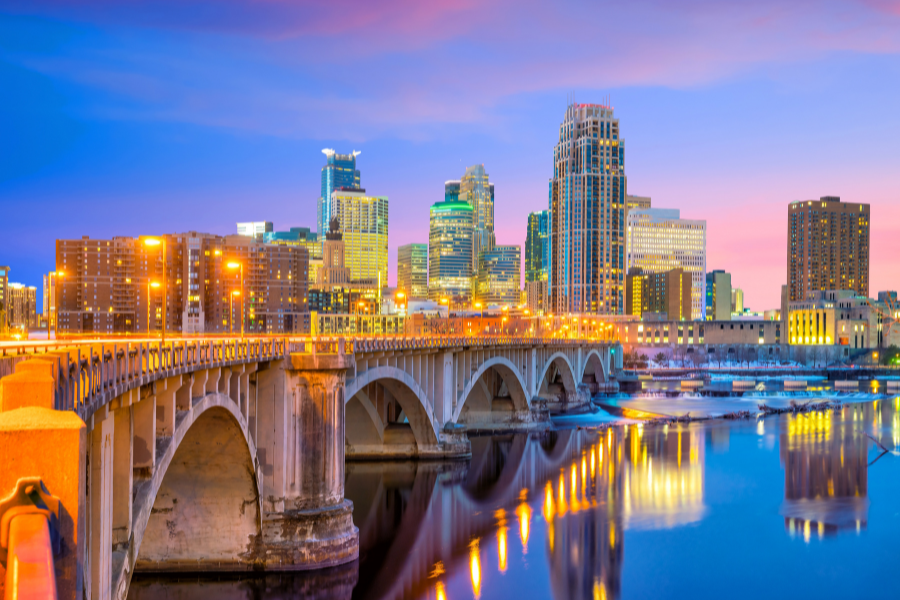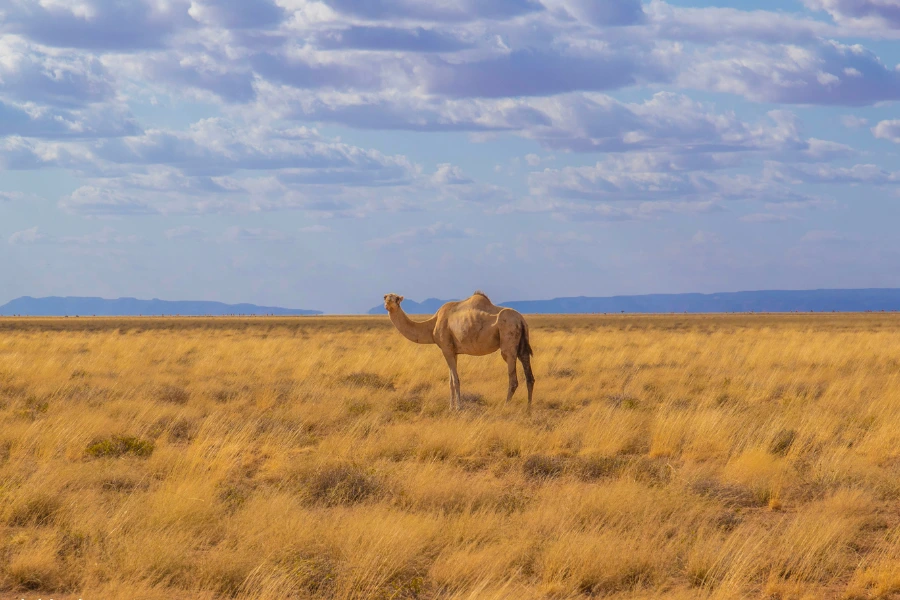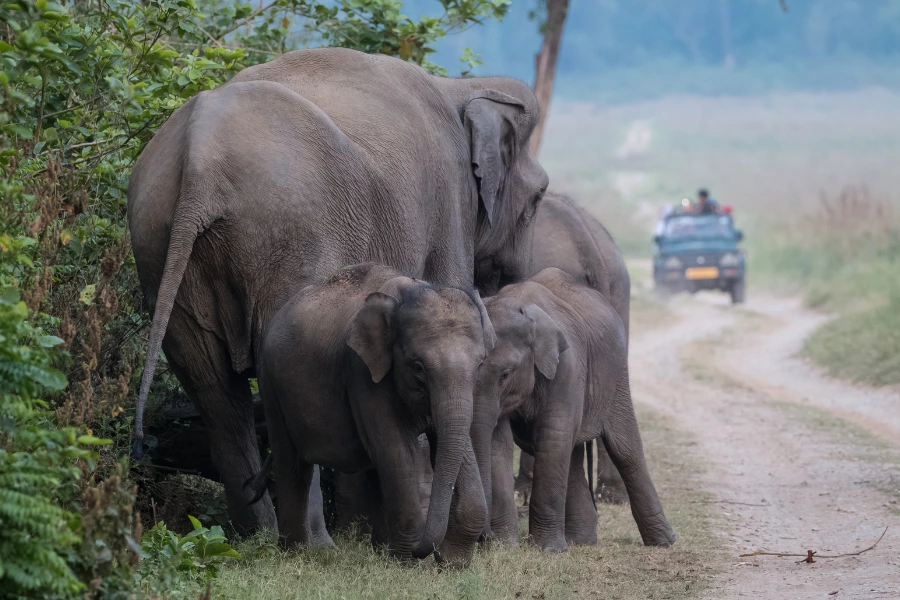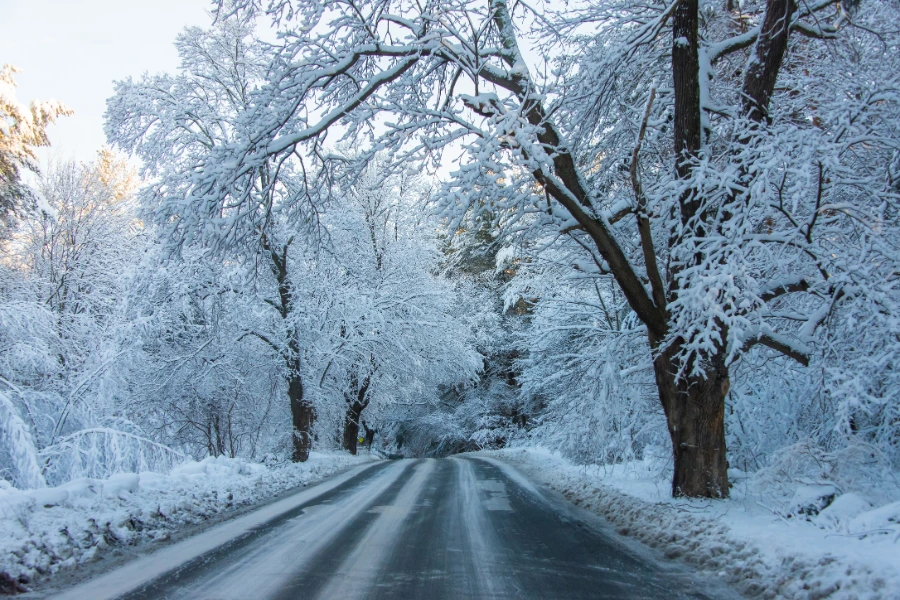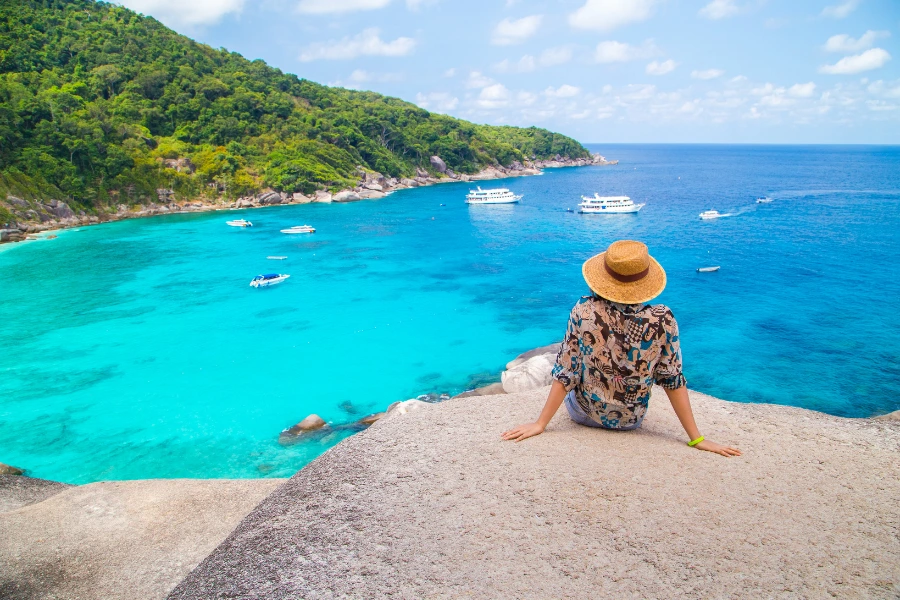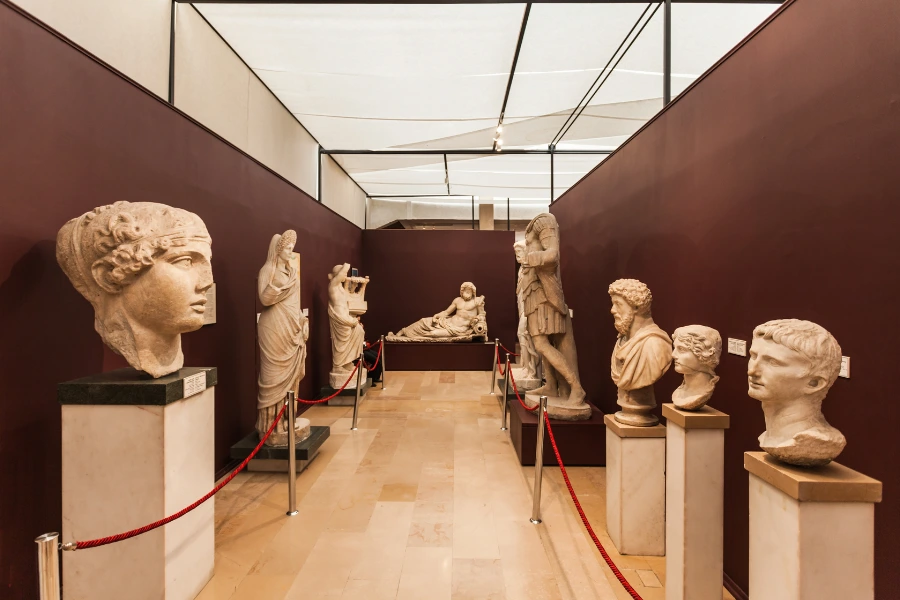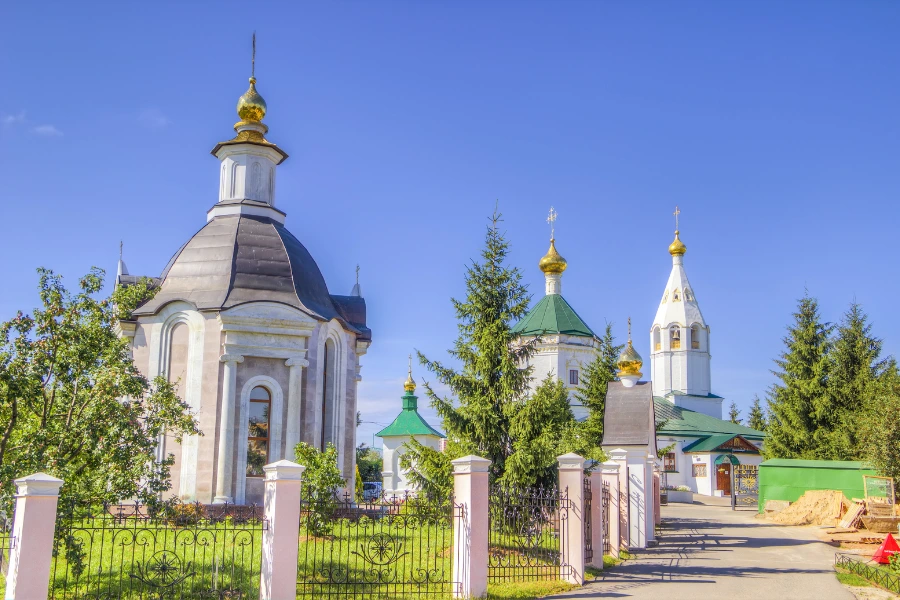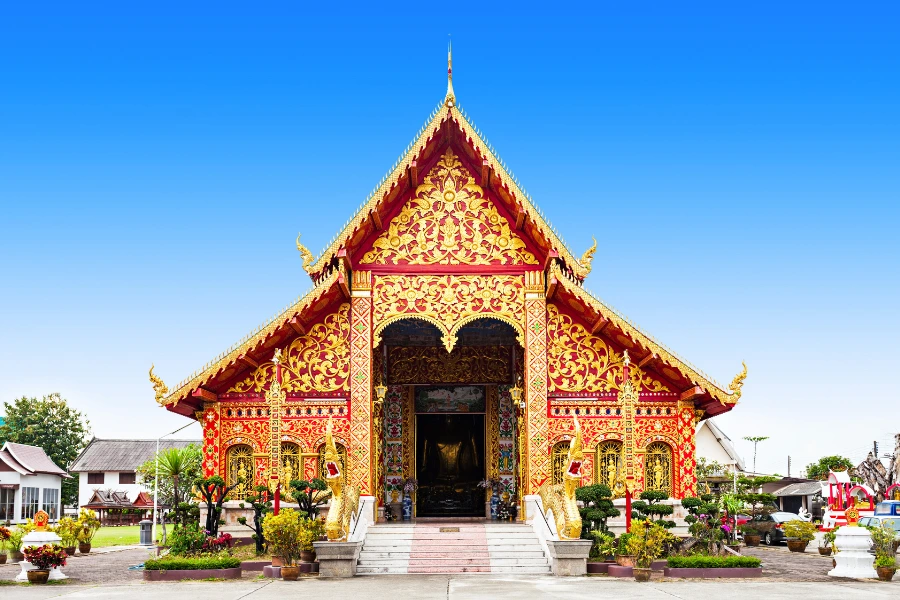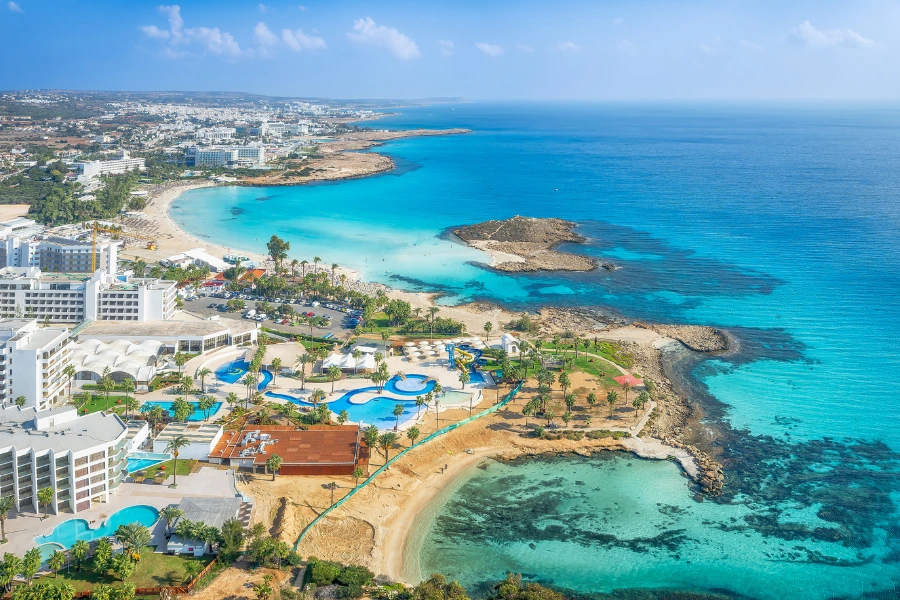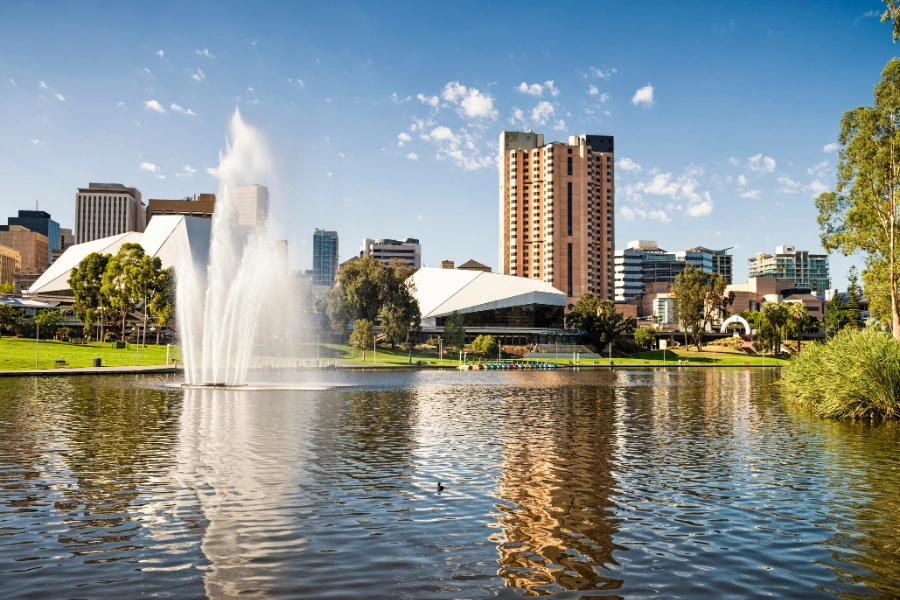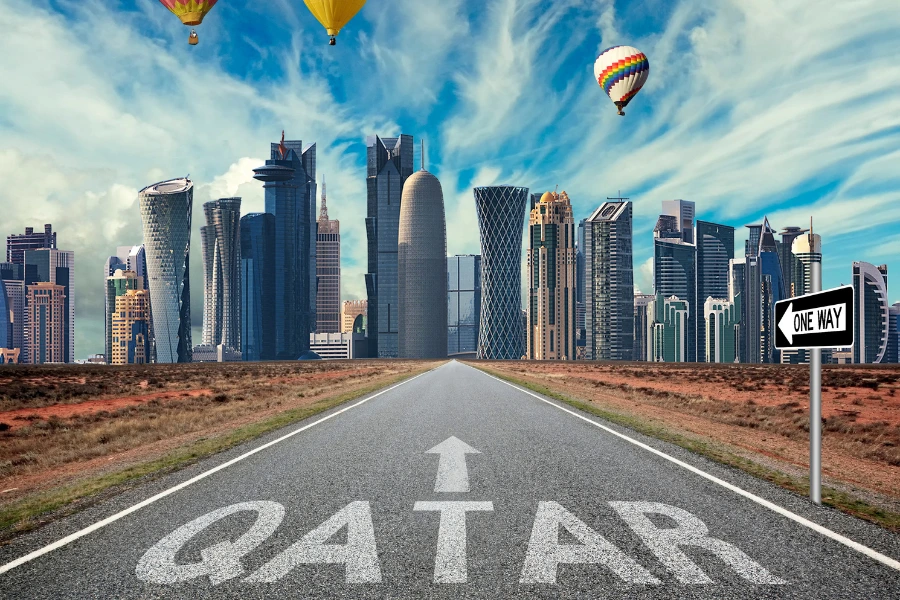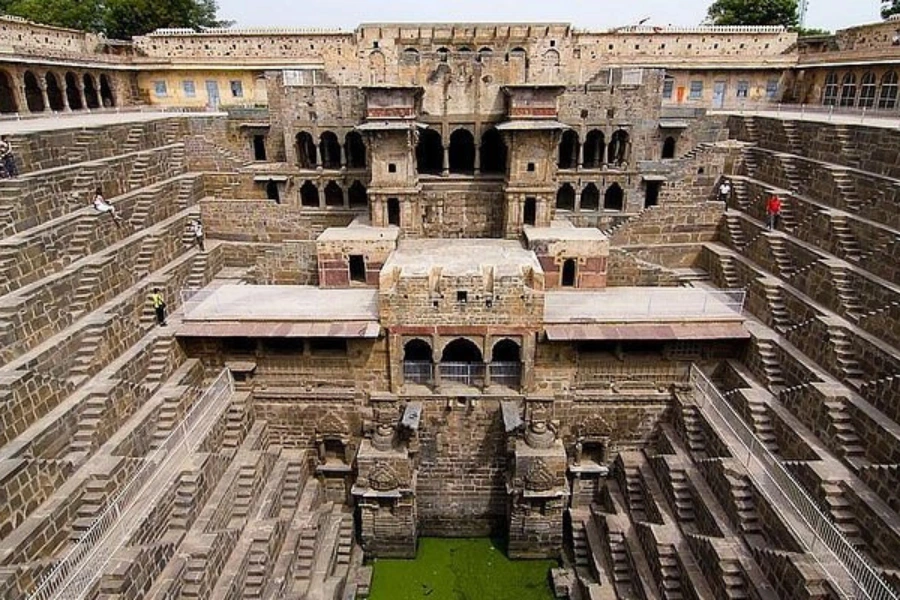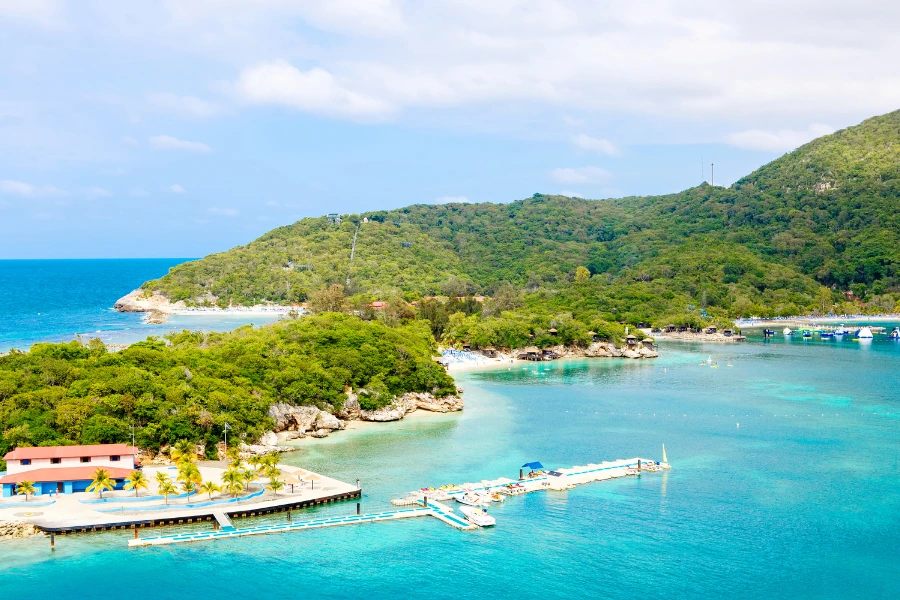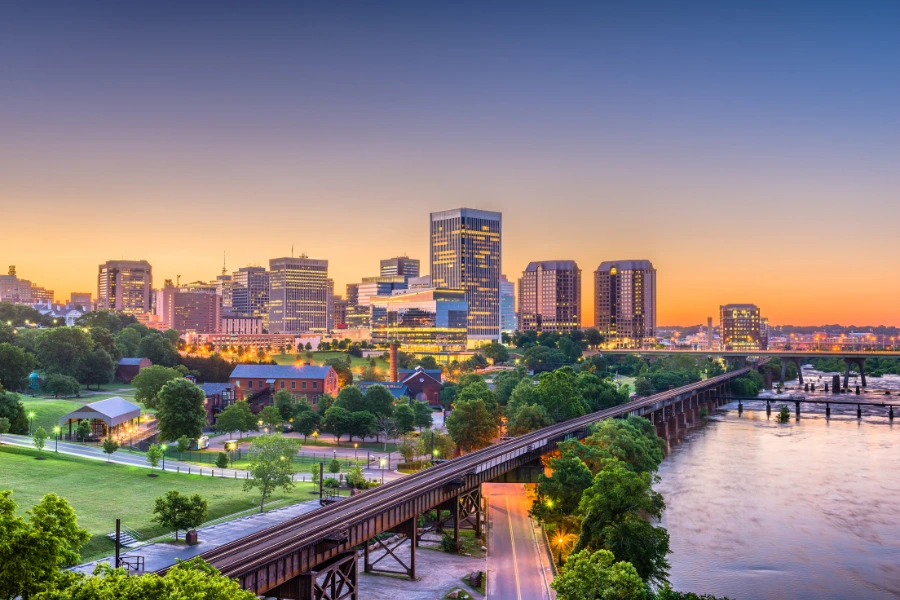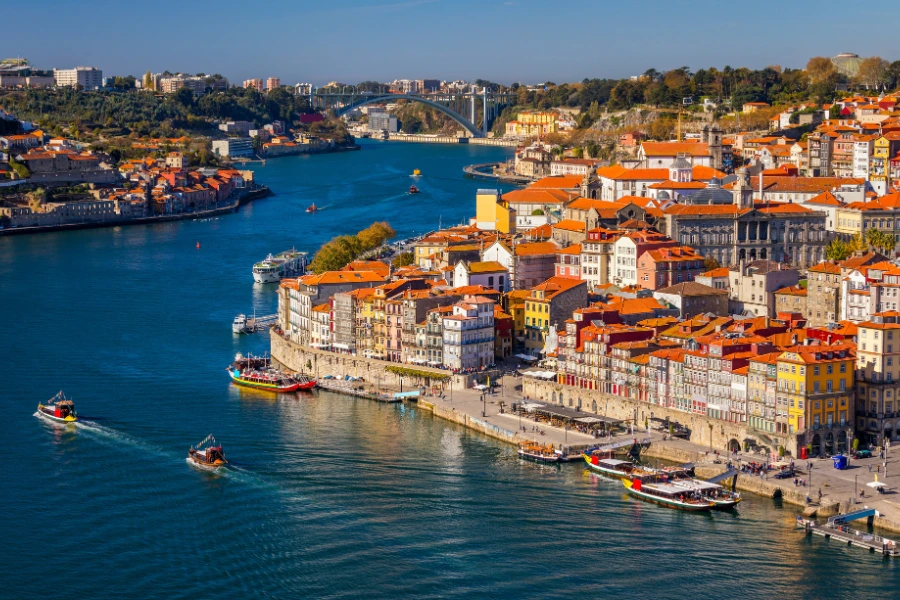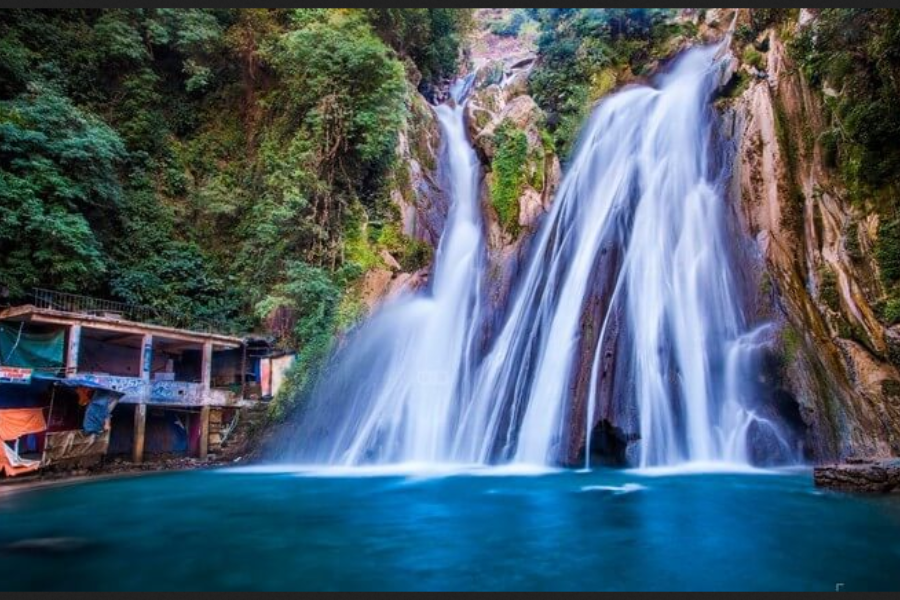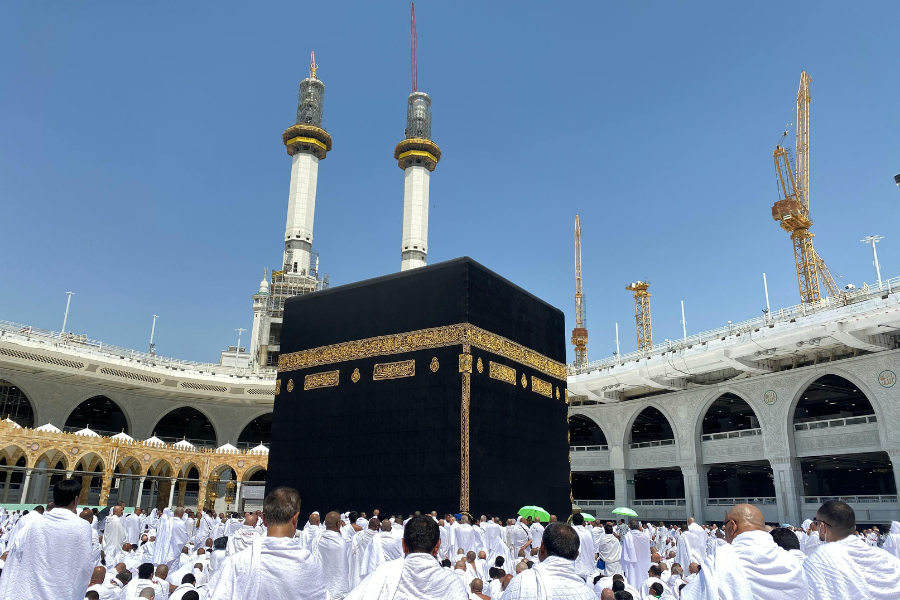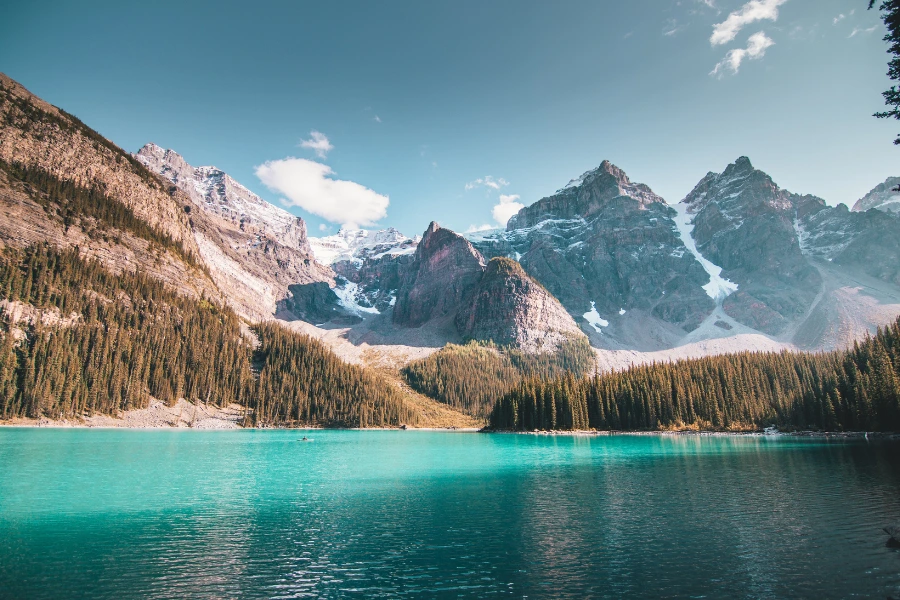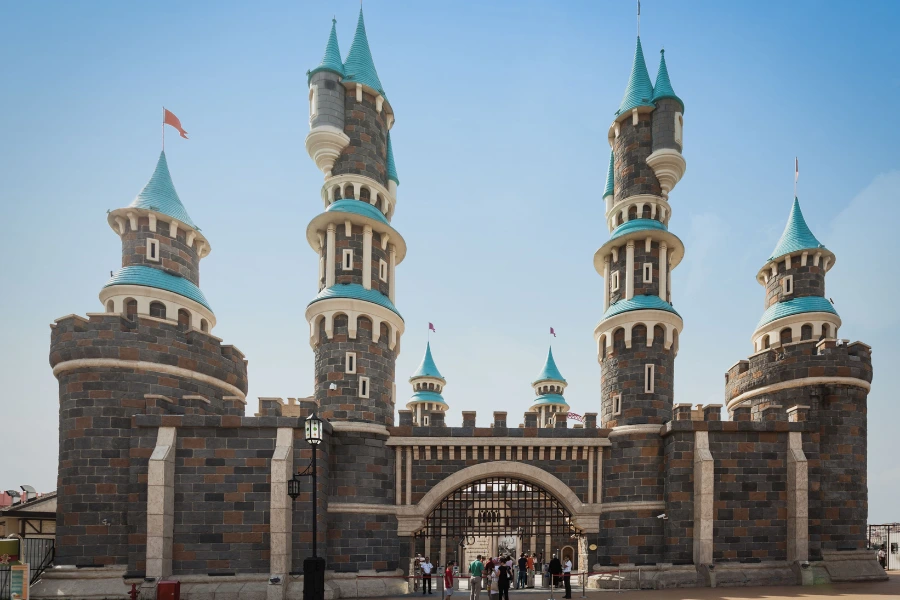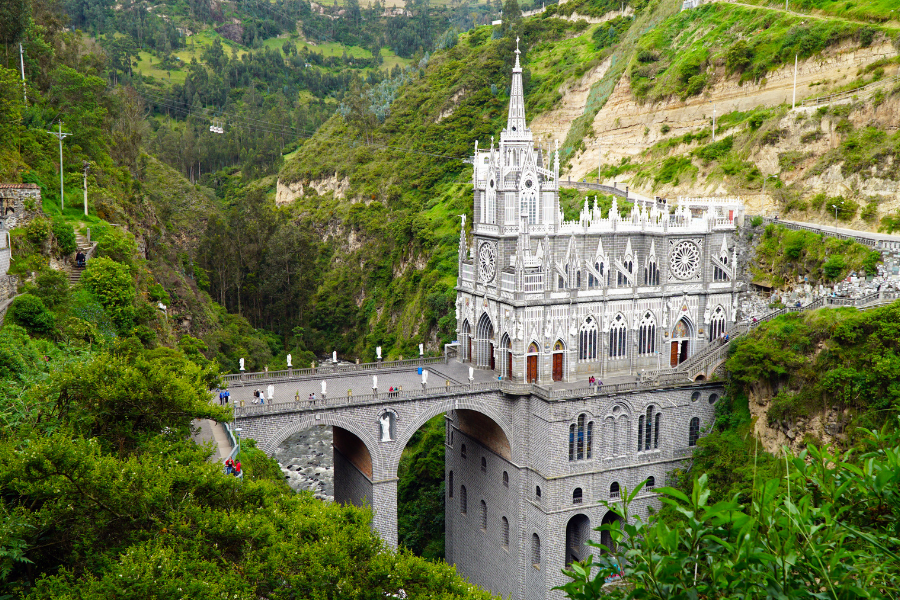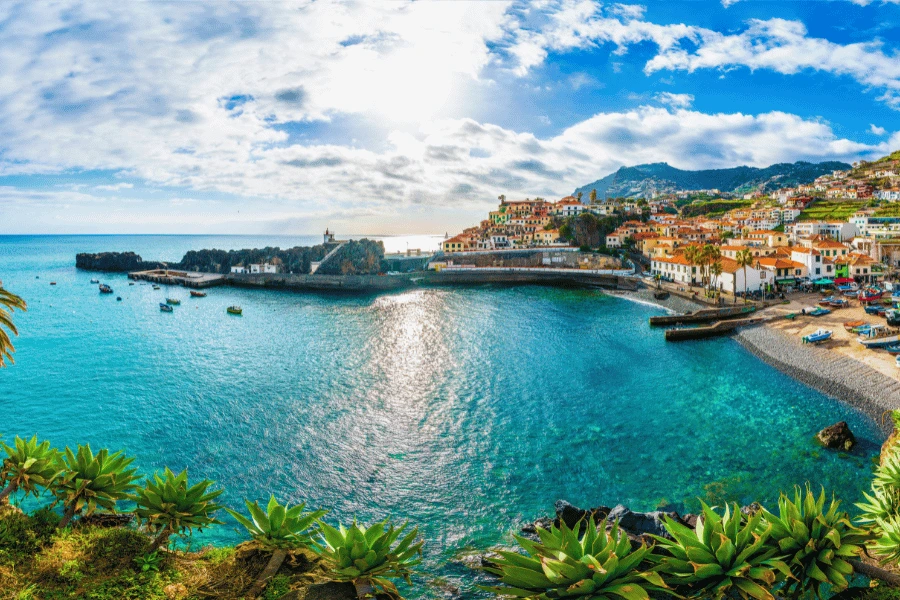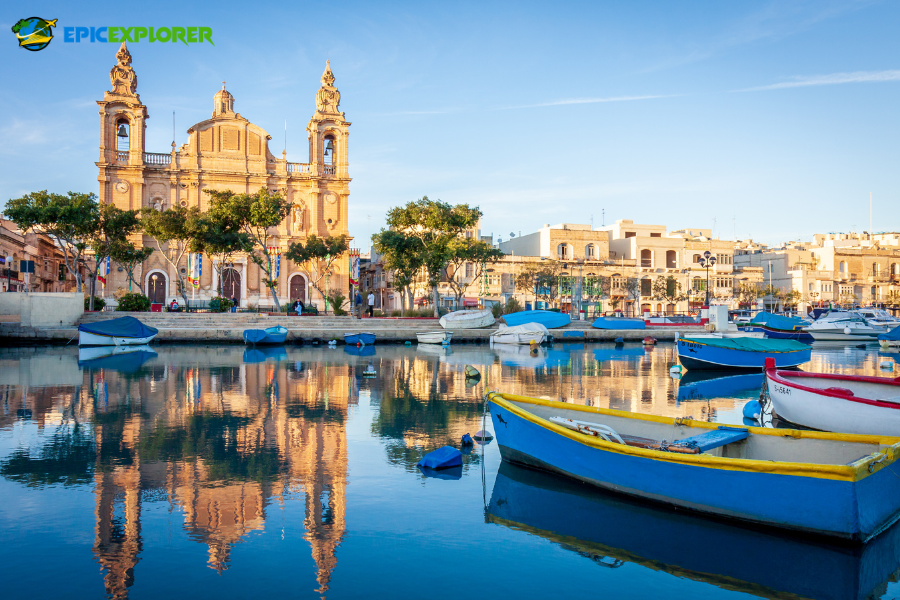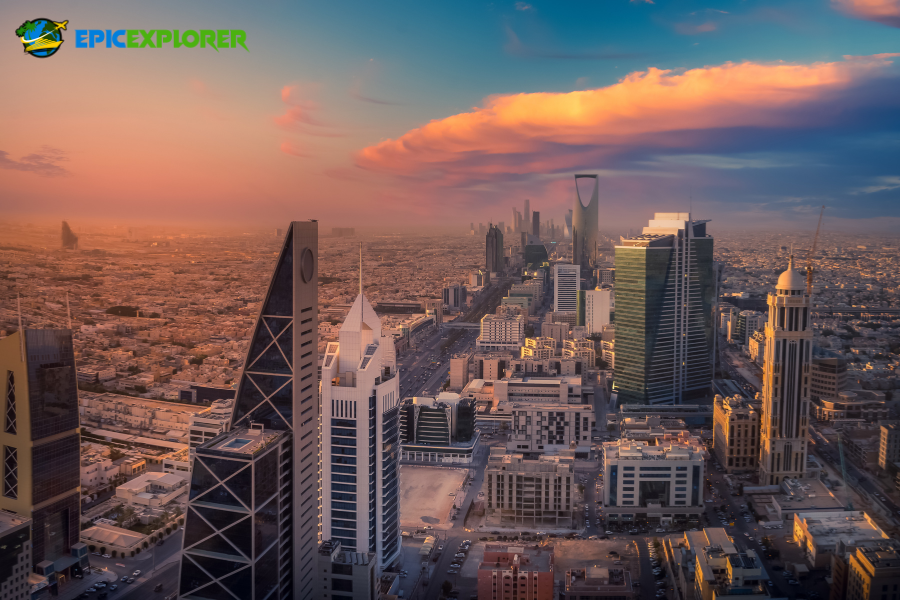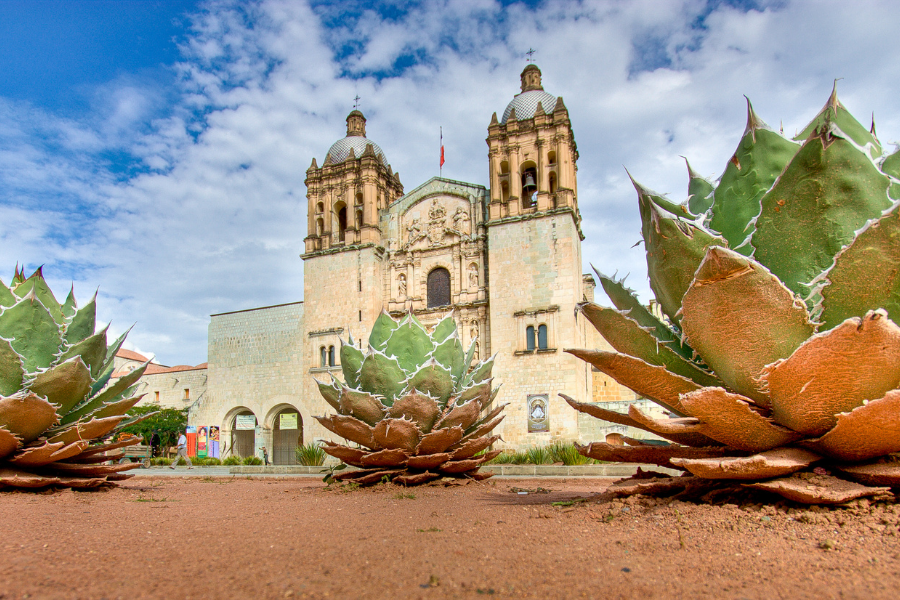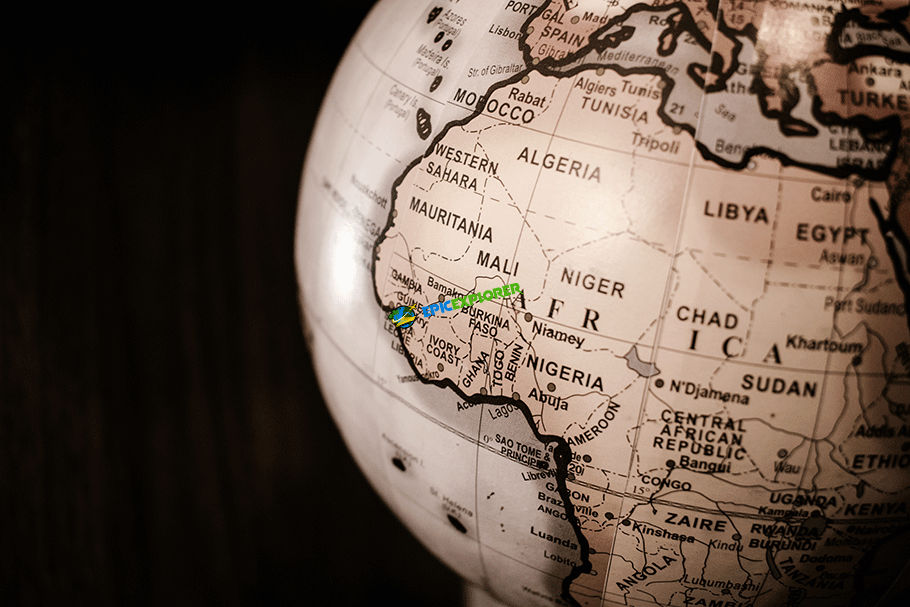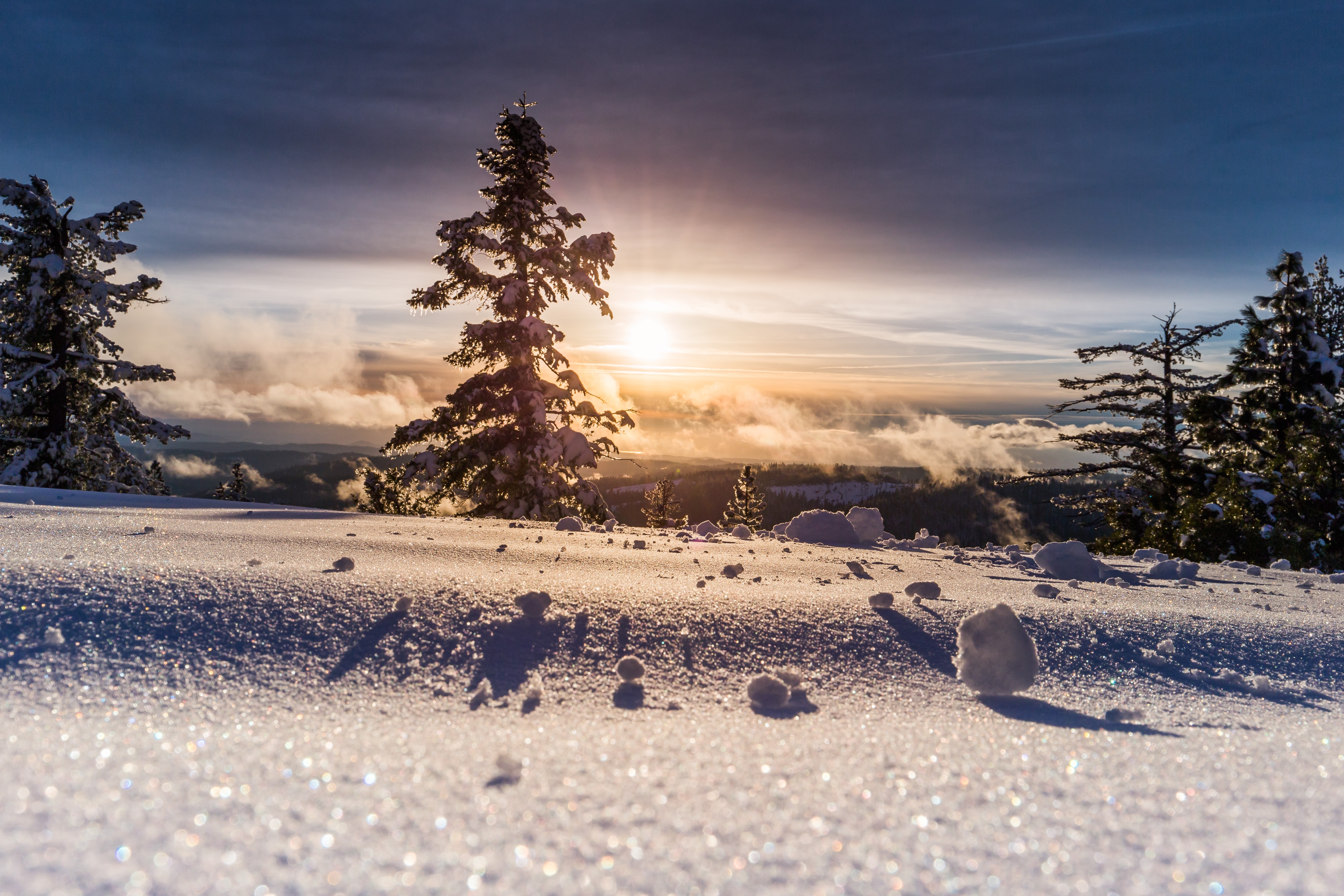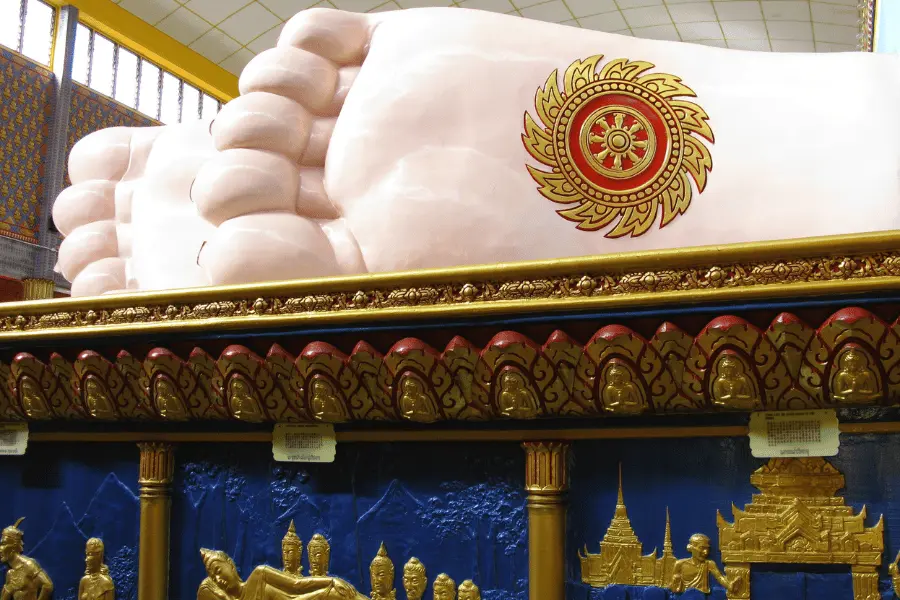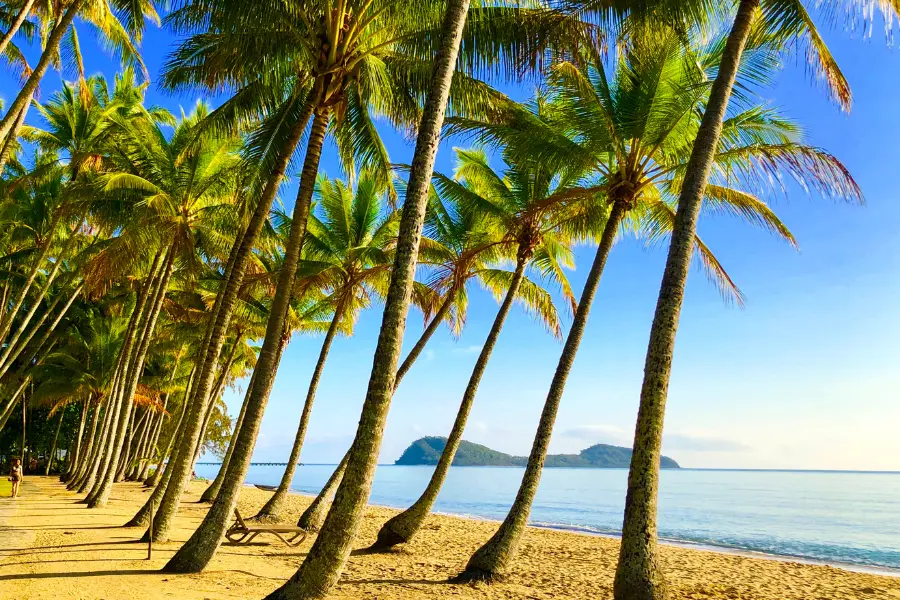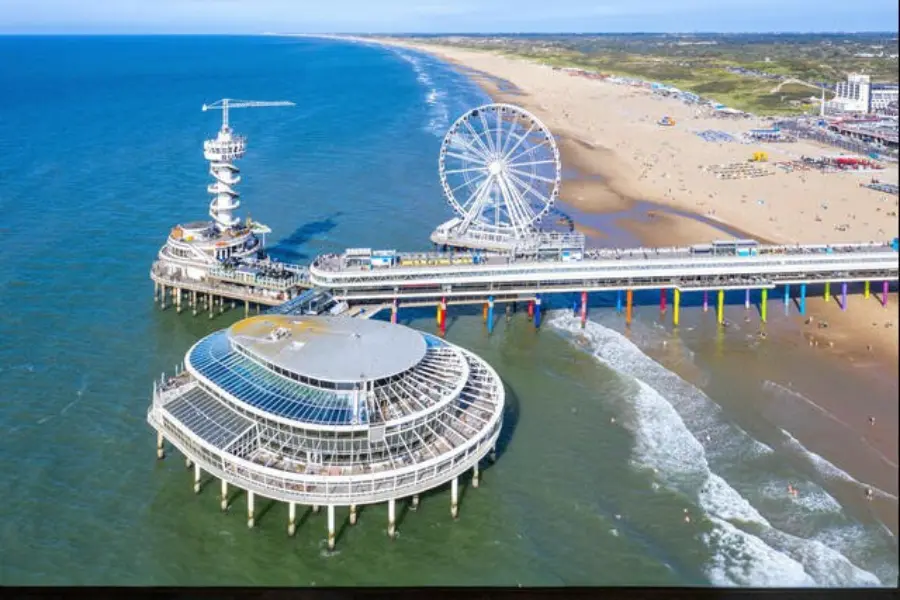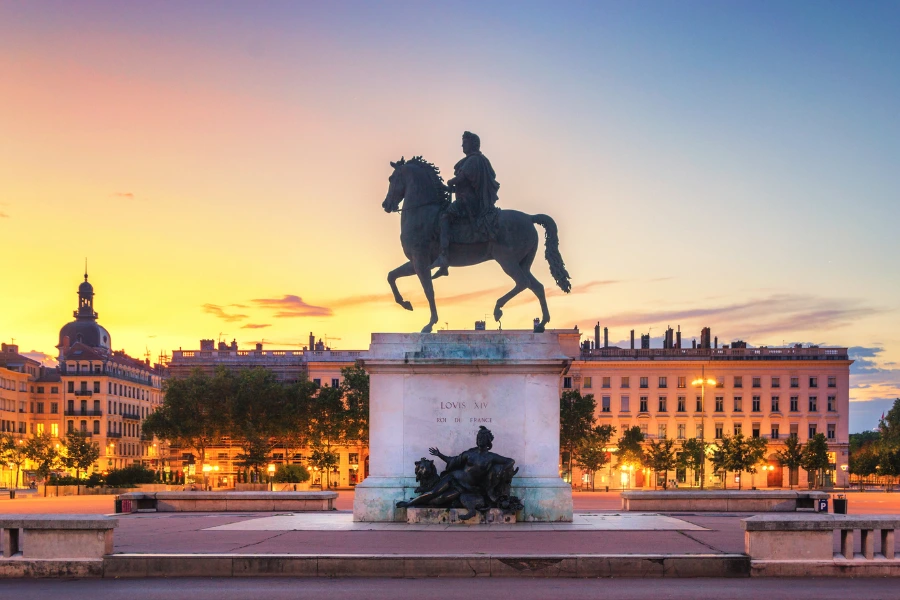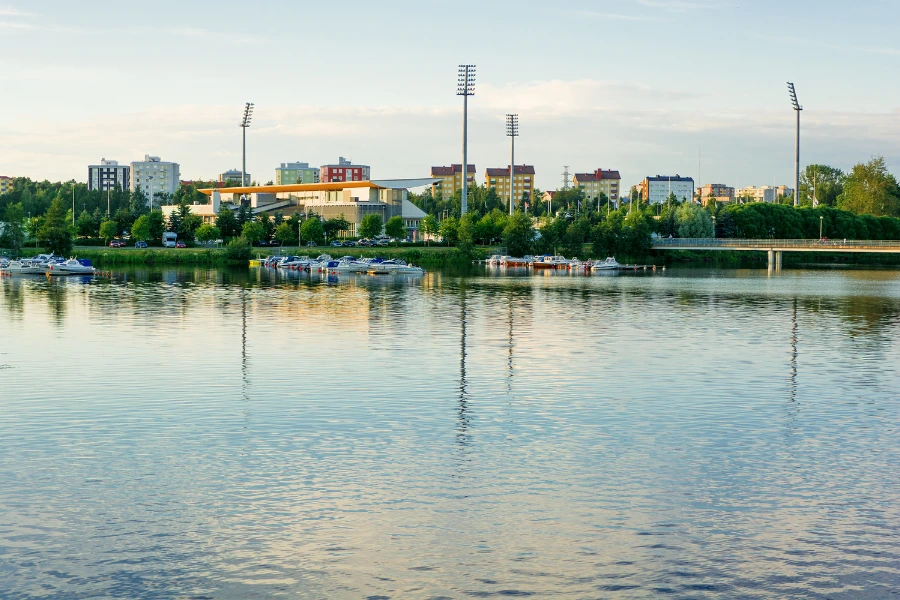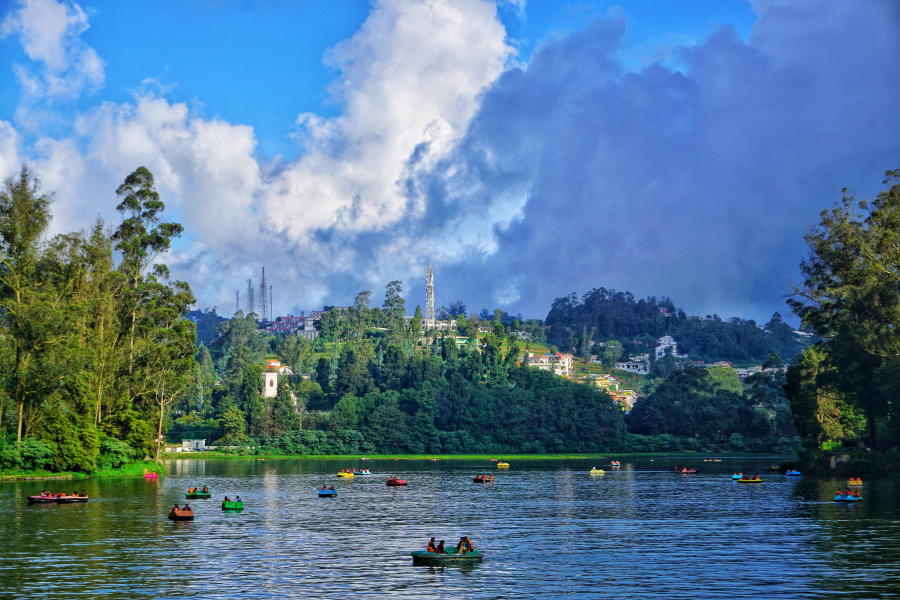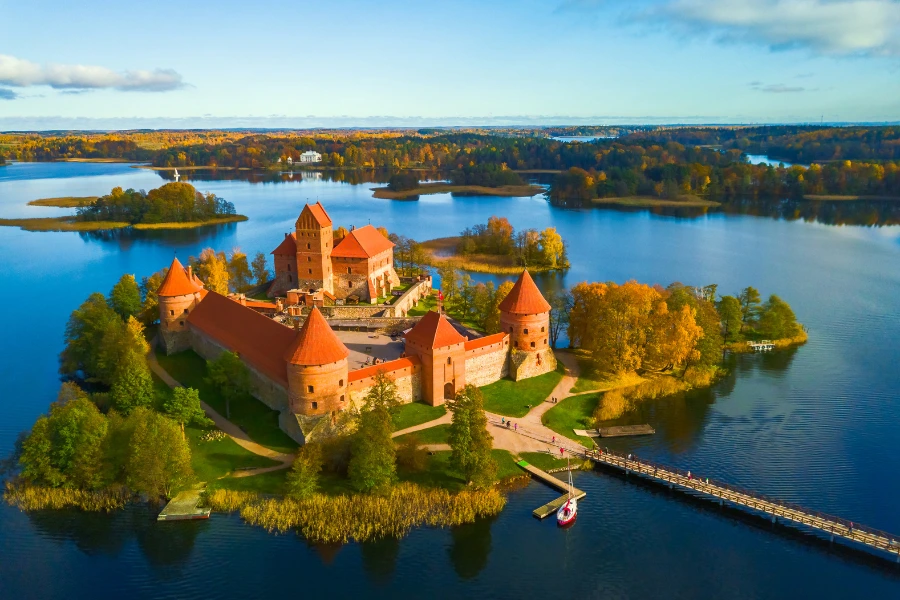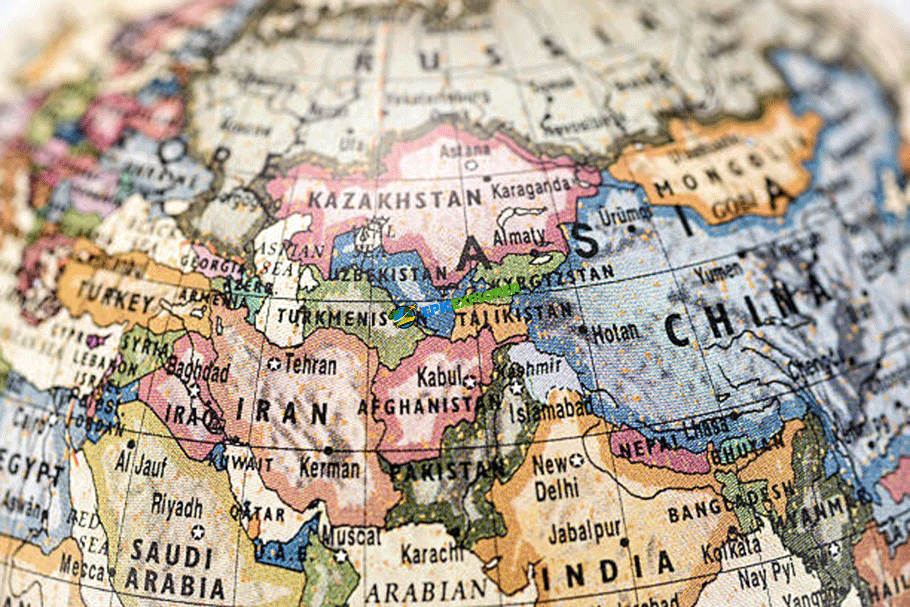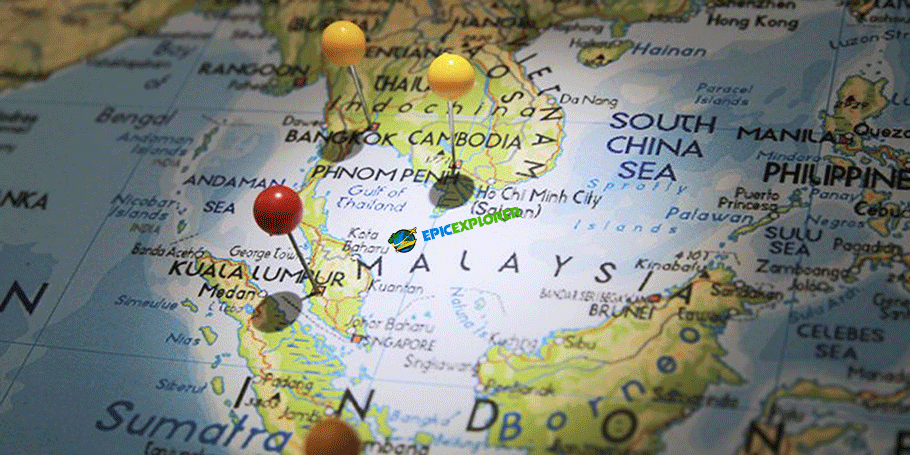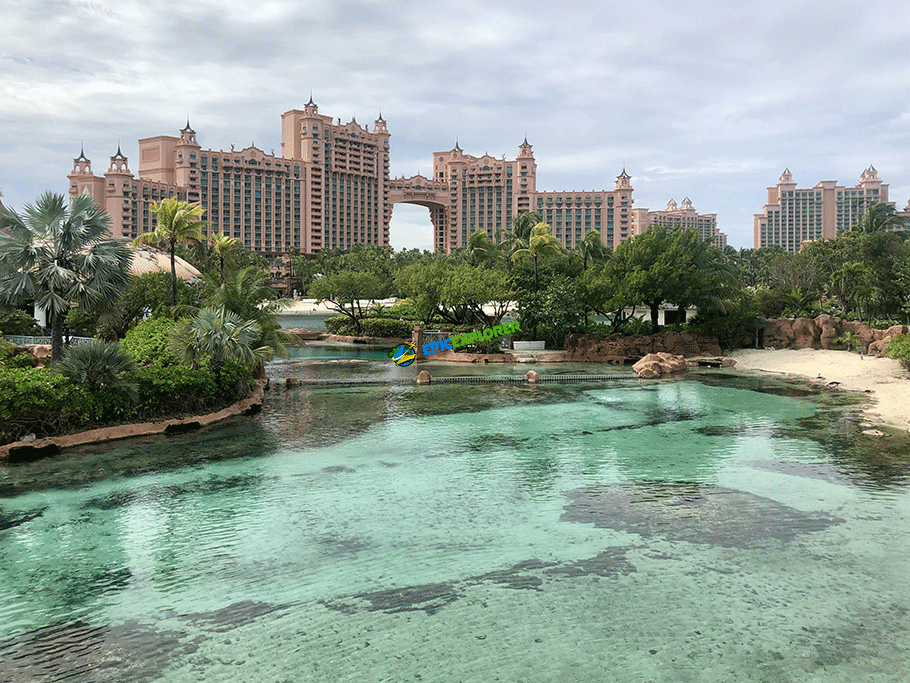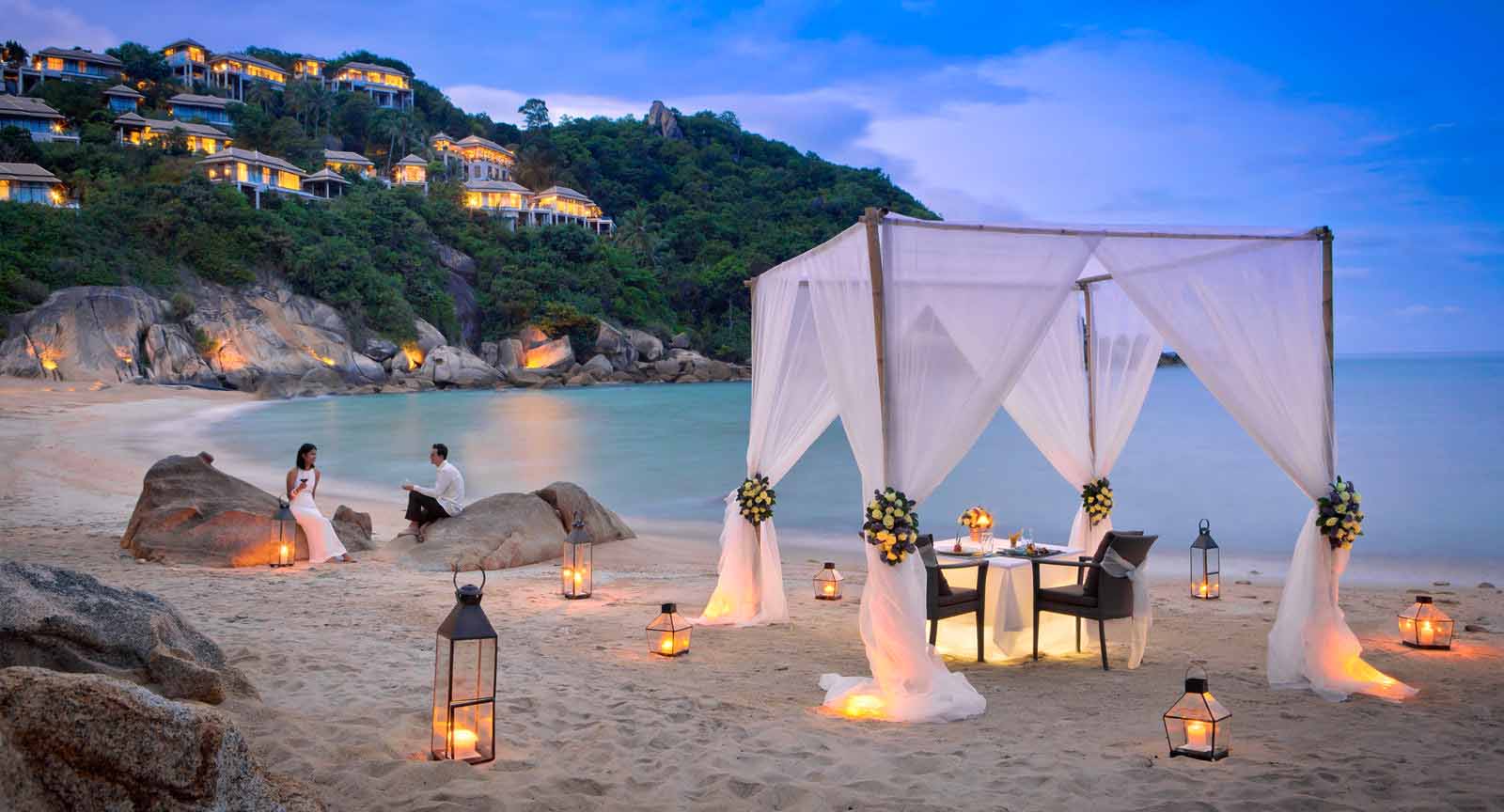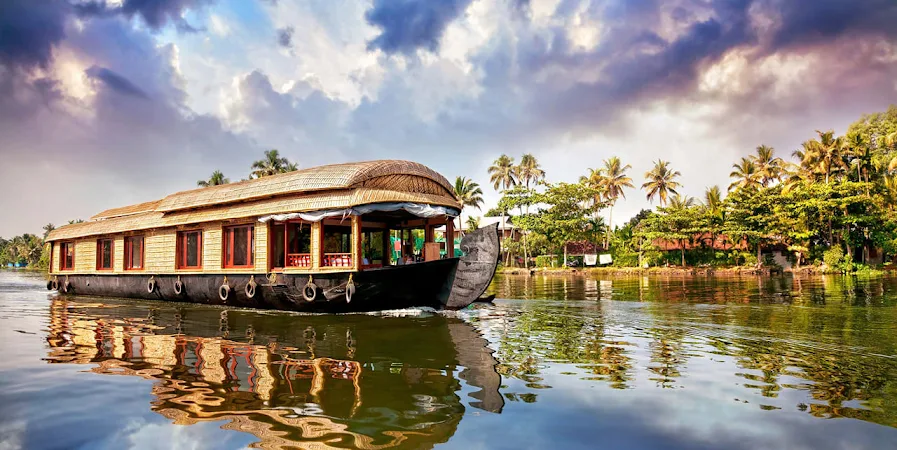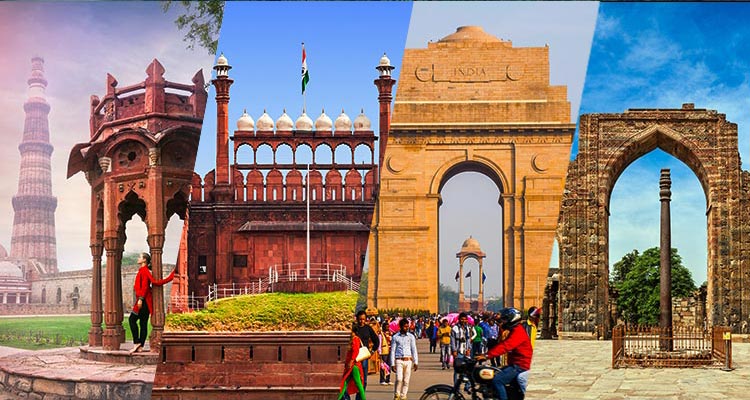Top 10 Places to Visit in Ulaanbaatar
Ulaanbaatar, the capital city of Mongolia, is a unique blend of ancient traditions and modern development. From historic monasteries and museums to bustling markets and cultural landmarks, Ulaanbaatar offers visitors a fascinating glimpse into Mongolian history and culture.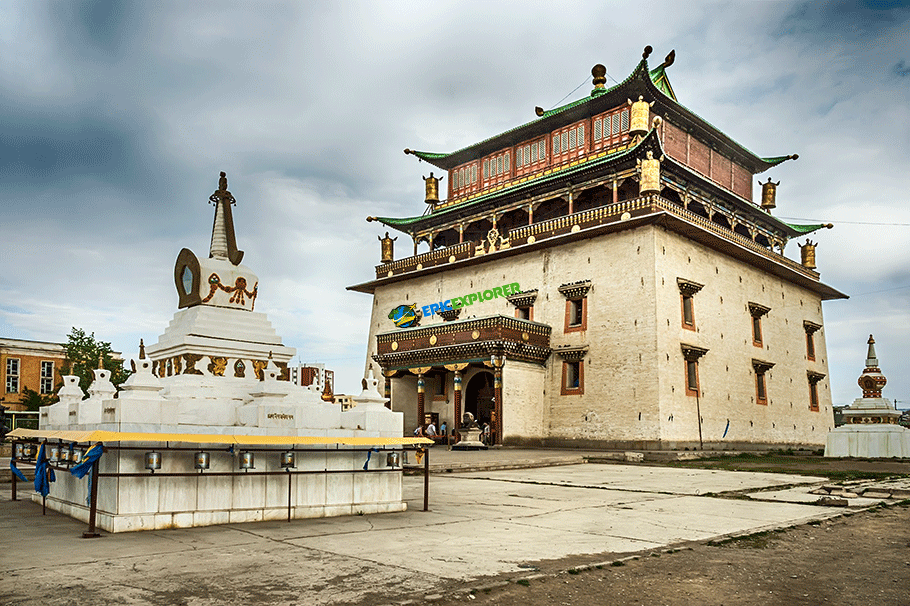
1. Gandantegchinlen Monastery - Center of Mongolian Buddhism
Brief History: Gandantegchinlen Monastery, commonly known as Gandan Monastery, is one of the largest and most important Buddhist monasteries in Mongolia. Founded in 1809, it served as a center for Buddhist learning and religious practice, surviving periods of religious suppression during Mongolia's communist era. Today, the monastery complex includes temples, prayer halls, and a towering statue of Migjid Janraisig, the Bodhisattva of Compassion, attracting pilgrims and visitors from around the world.
Best Time to Visit: The best time to visit Gandan Monastery is during morning prayers or religious ceremonies to experience the peaceful atmosphere and witness monks chanting and performing rituals.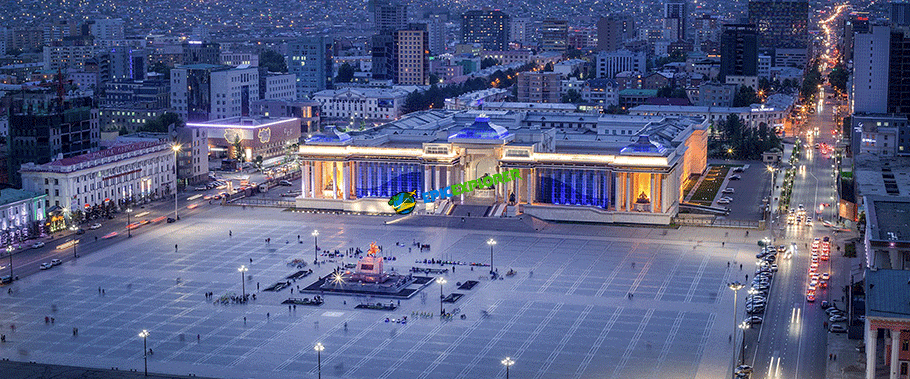
2. Sukhbaatar Square - Heart of the City
Brief History: Sukhbaatar Square, named after Mongolian revolutionary hero Damdin Sukhbaatar, is the central square of Ulaanbaatar and a focal point for national celebrations and events. Originally known as Chinggis Square, it underwent several name changes before being renamed in honor of Sukhbaatar in 2013. The square is surrounded by important government buildings, including the Government Palace and Parliament House, as well as cultural institutions such as the National Museum of Mongolia.
Best Time to Visit: Sukhbaatar Square is best visited in the evening when it is illuminated, and locals gather to relax and enjoy the ambiance.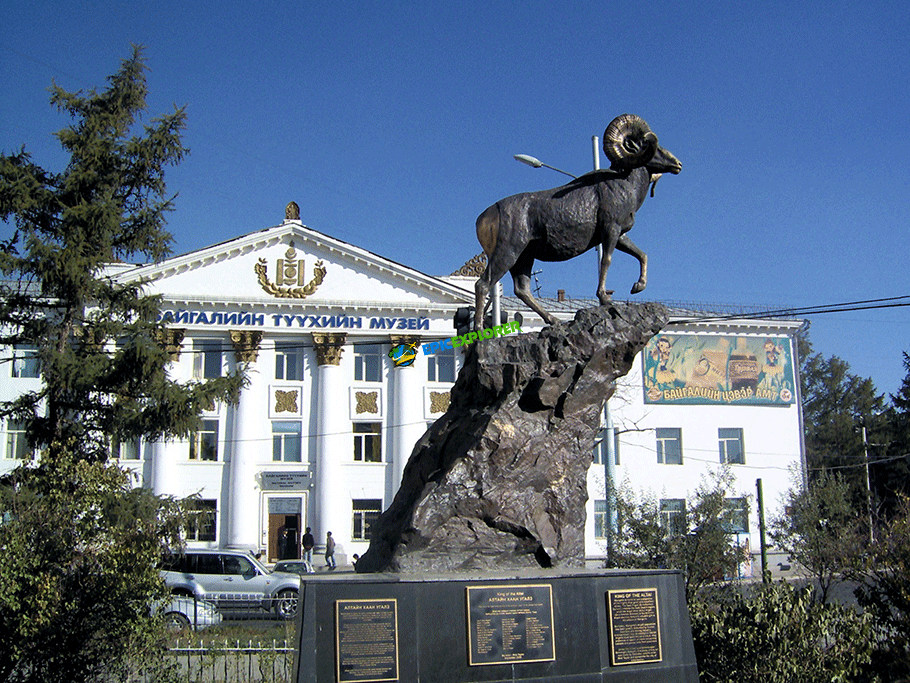
3. National Museum of Mongolia - Gateway to the Past
Brief History: The National Museum of Mongolia, established in 1924, is the country's largest museum dedicated to preserving and showcasing its cultural heritage and history. Housed in a Soviet-style building in central Ulaanbaatar, the museum's extensive collection includes artifacts, artworks, and exhibits spanning Mongolia's ancient civilizations, nomadic cultures, and modern era. Highlights include the exhibits on Genghis Khan and the Mongol Empire, traditional costumes and textiles, and archaeological finds from prehistoric sites.
Best Time to Visit: The National Museum is best visited during the morning hours to avoid crowds and have ample time to explore its diverse exhibits.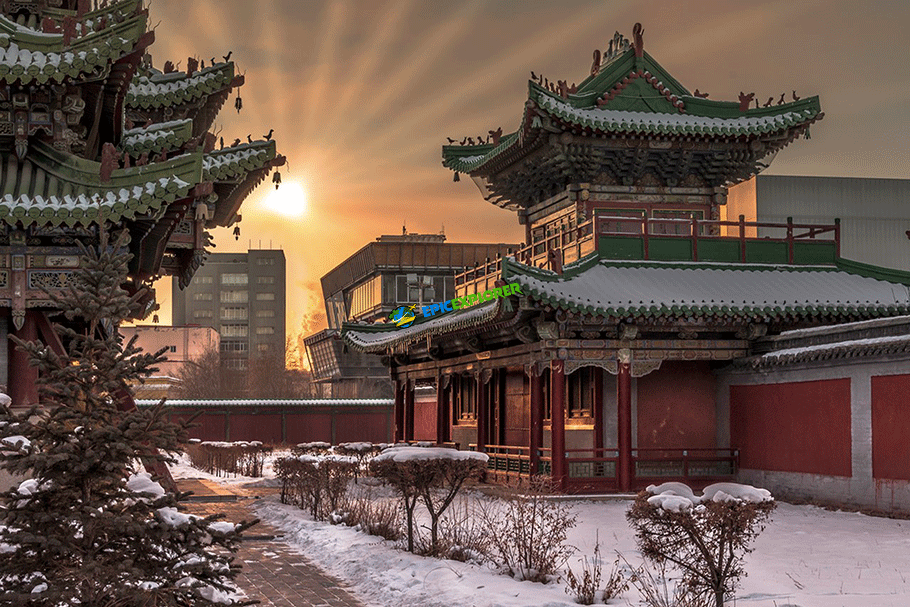
4. Bogd Khan Palace Museum - Royal Retreat
Brief History: Bogd Khan Palace, located at the foothills of the Bogd Khan Mountain, is a historic complex that served as the winter residence of Mongolia's last monarch, Bogd Khan, and his consort. Built between 1893 and 1903, the palace is a fine example of traditional Tibetan-Mongolian architecture, featuring ornate woodcarvings, colorful murals, and religious artifacts. Today, the palace is a museum showcasing the lifestyle and possessions of the Bogd Khan and providing insights into Mongolia's royal history.
Best Time to Visit: Bogd Khan Palace Museum is best visited during the autumn months when the surrounding mountains are adorned with vibrant foliage.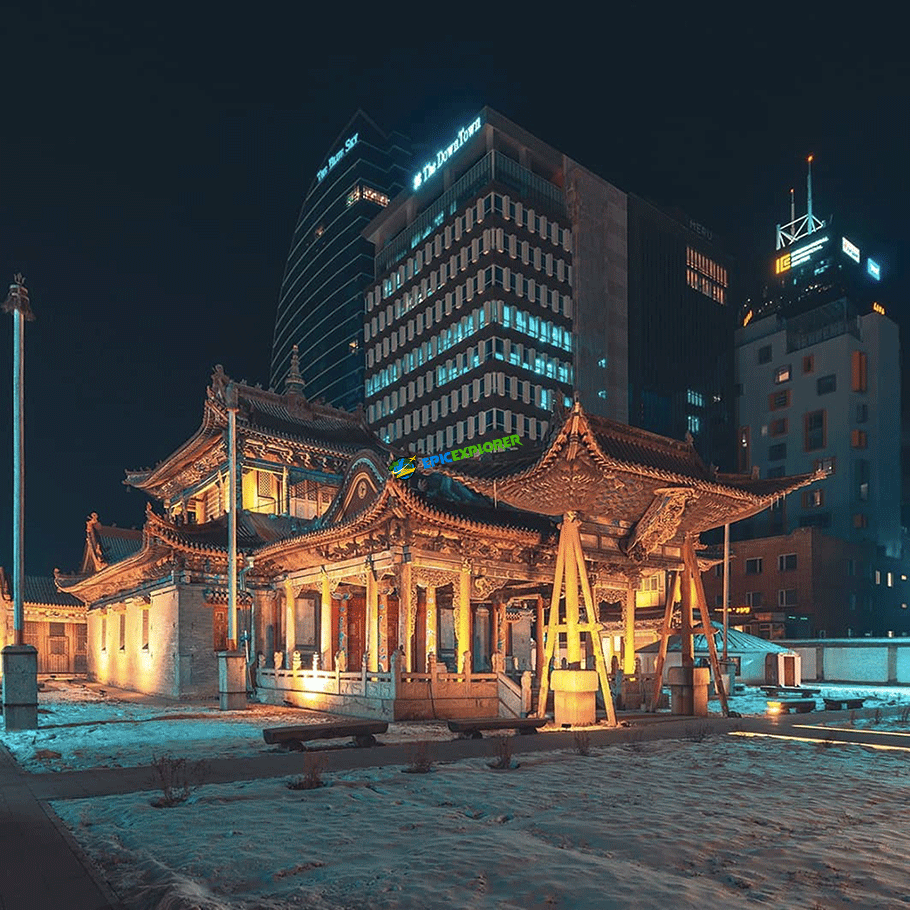
5. Choijin Lama Temple Museum - Architectural Gem
Brief History: Choijin Lama Temple Museum is a historic temple complex turned museum, located in the heart of Ulaanbaatar. Built between 1904 and 1908, the temple served as the residence of Luvsan Haidav Choijin Lama, the brother of the Bogd Khan. The museum features five temples, each adorned with exquisite artworks, sculptures, and religious relics, showcasing the rich heritage of Mongolian Buddhism and craftsmanship. Visitors can admire the intricate details of the temple architecture and learn about the life of Choijin Lama and the religious practices of the time.
Best Time to Visit: Choijin Lama Temple Museum is best visited in the morning to avoid crowds and have a tranquil experience exploring its sacred halls.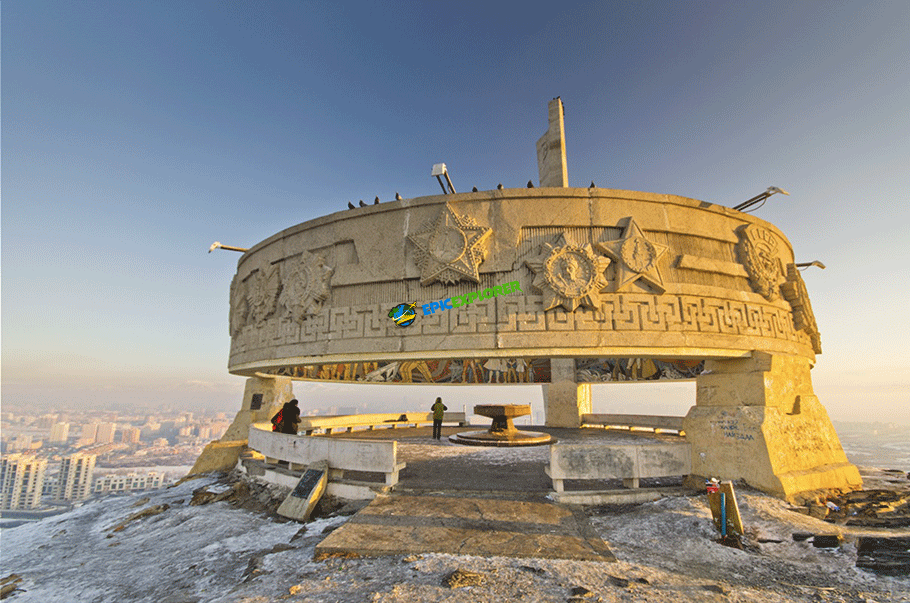
6. Zaisan Memorial - Panoramic Views
Brief History: Zaisan Memorial, situated on a hilltop overlooking Ulaanbaatar, is a Soviet-era monument commemorating the Soviet soldiers who died in World War II. Built-in 1971 with the assistance of the USSR, the memorial features a circular mural depicting scenes of friendship and cooperation between Mongolia and the Soviet Union. Visitors can climb the memorial's steps to reach the viewing platform, offering panoramic views of the cityscape and surrounding mountains.
Best Time to Visit: Zaisan Memorial is best visited in the evening to capture breathtaking sunset views over Ulaanbaatar.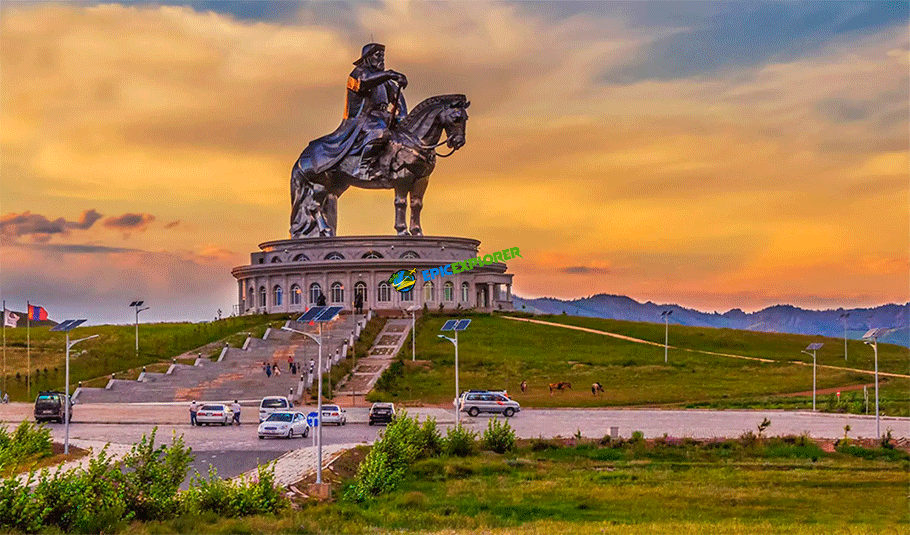
7. Genghis Khan Statue Complex - Tribute to a Legend
Brief History: The Genghis Khan Statue Complex, located on the outskirts of Ulaanbaatar, is home to a towering statue of the legendary Mongol ruler, Genghis Khan. Standing at over 40 meters tall, the statue is one of the largest equestrian statues in the world, symbolizing the legacy and influence of Genghis Khan on Mongolian history and culture. Visitors can climb to the statue's head for panoramic views of the surrounding landscape and learn about the life and achievements of the Great Khan.
Best Time to Visit: The Genghis Khan Statue Complex is best visited during the daytime to appreciate the statue's grandeur and explore the surrounding countryside.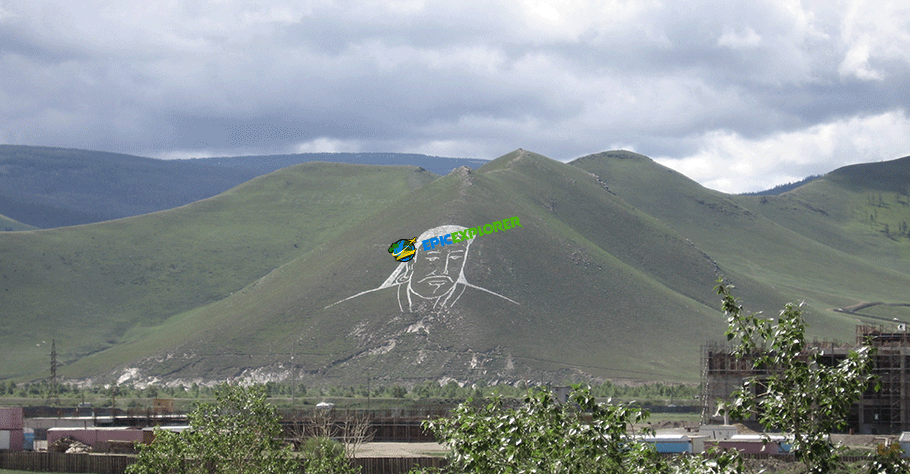
8. Bogd Khan Uul National Park - Natural Escape
Brief History: Bogd Khan Uul National Park, located south of Ulaanbaatar, is a protected area encompassing the Bogd Khan Mountain and surrounding wilderness. Established in 1778, it is one of the oldest national parks in the world and a popular destination for outdoor enthusiasts and nature lovers. Visitors can hike along scenic trails, spot wildlife such as deer and eagles, and visit sacred sites, including meditation caves and Buddhist monasteries.
Best Time to Visit: Bogd Khan Uul National Park is best visited during the summer months (June to August) when the weather is mild, and the landscapes are lush and green.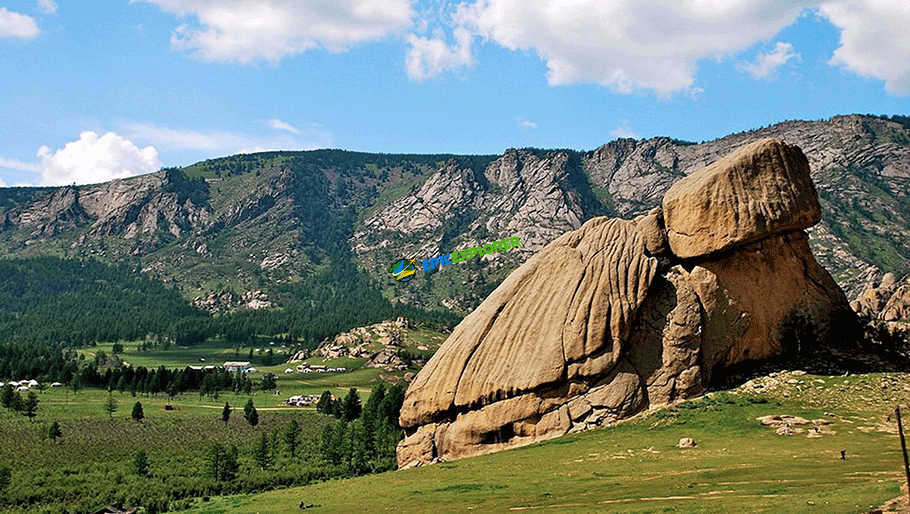
9. Gorkhi-Terelj National Park - Natural Beauty
Brief History: Gorkhi-Terelj National Park, located northeast of Ulaanbaatar, is a picturesque wilderness area known for its stunning landscapes and cultural attractions. Established in 1993, the park encompasses rugged mountains, lush valleys, and meandering rivers, offering opportunities for hiking, horseback riding, and camping. Visitors can explore iconic landmarks such as Turtle Rock and Aryabal Meditation Temple, immerse themselves in nomadic culture at ger camps, and enjoy outdoor activities such as rock climbing and rafting.
Best Time to Visit: Gorkhi-Terelj National Park is best visited from June to September when the weather is warm, and the landscapes are in full bloom.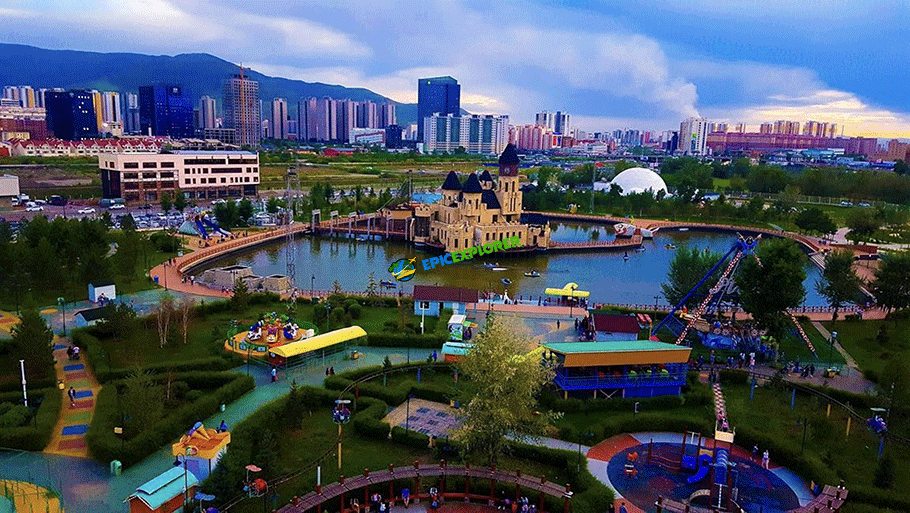
10. National Amusement Park - Family Fun
Brief History: The National Amusement Park, located in central Ulaanbaatar, is a popular recreational destination for families and visitors of all ages. Established in 2009, the park features a variety of rides, attractions, and entertainment options, including roller coasters, carousels, and arcade games. Visitors can also enjoy cultural performances, food stalls, and shopping at the park's souvenir shops and cafes, making it an ideal spot for a fun-filled day out in the city.
Best Time to Visit: The National Amusement Park is best visited during the summer months when the weather is warm, and outdoor activities are in full swing.
Best Time to Visit Ulaanbaatar: The best time to visit Ulaanbaatar is during the summer months (June to August) when the weather is mild, and outdoor activities are abundant. However, visitors should be prepared for occasional rain showers and cool evenings, especially in mountainous areas. Additionally, Ulaanbaatar hosts several festivals and events during the summer, offering unique cultural experiences and opportunities to immerse oneself in Mongolian traditions.

